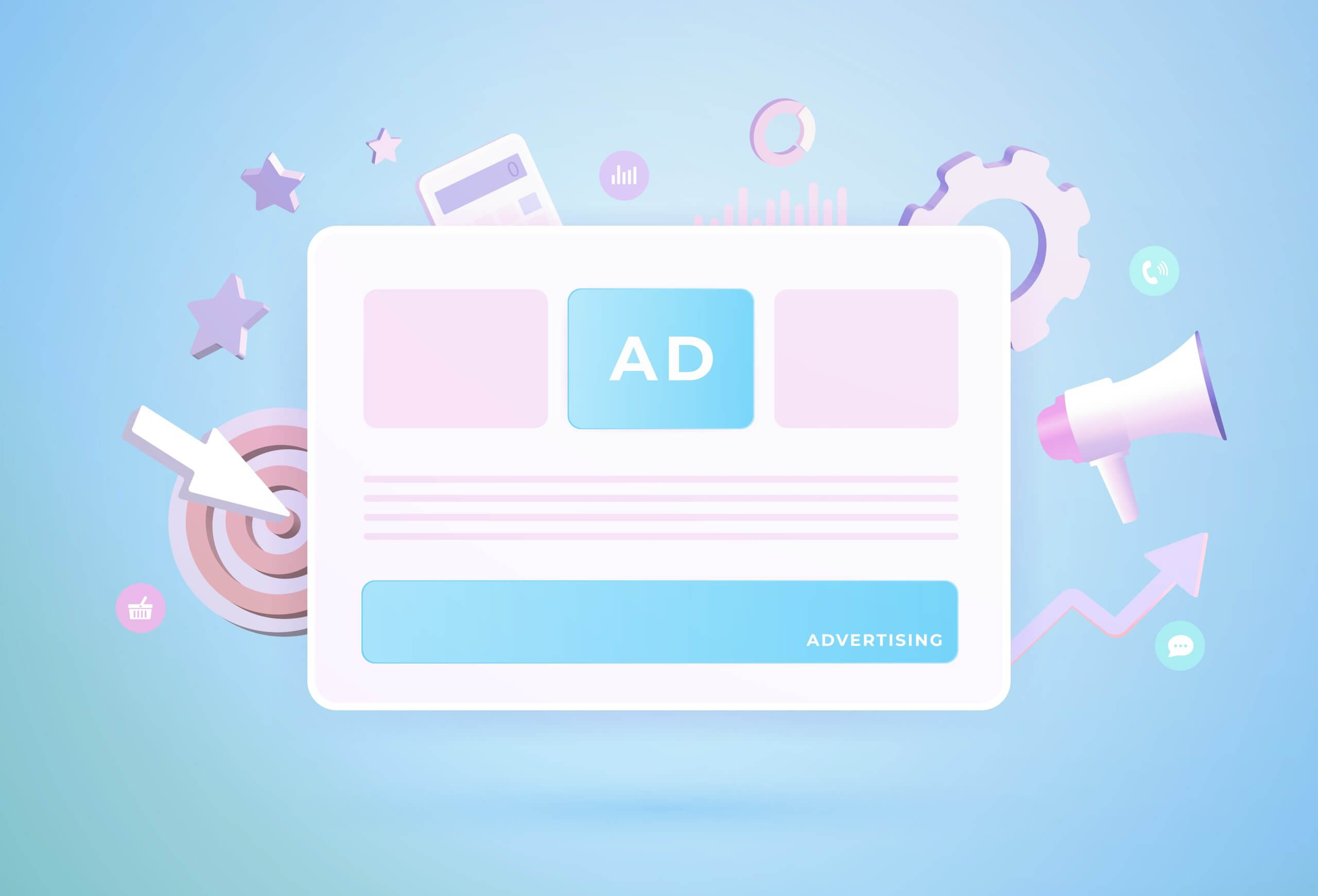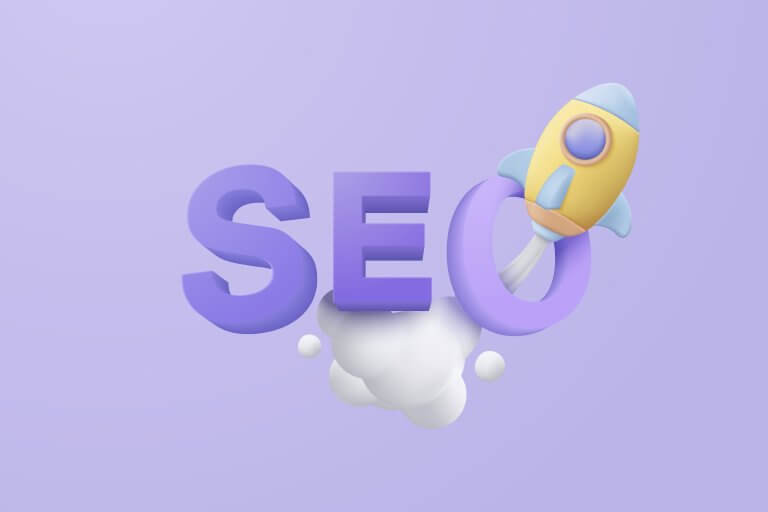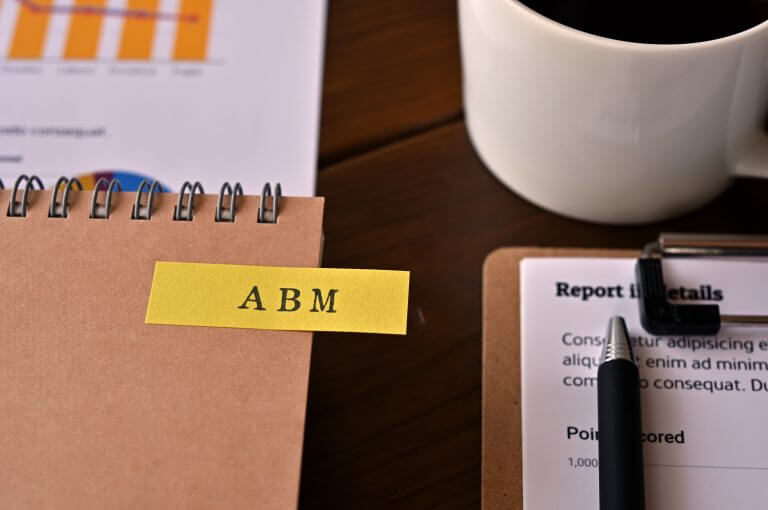Want a heads up when a new story drops? Subscribe here.
PPC marketing is a form of paid advertising where ads are served by search engines, websites, and social media. The main idea is to lead users to a landing page, website, or product to generate brand awareness, traffic, leads, or sales.
Google, Facebook, Twitter, Instagram, and Bing are the main platforms marketers use for paid advertising. A wide range of tools and strategies are available for paid promotion, including keyword search, audience targeting, bid management, analytics, and retargeting.
With a range of targeting options, ad formats, and PPC networks, businesses across industries consider investing in paid advertising, including retailers, dentist and doctor’s offices, colleges, and utility and Internet providers, among others.
From vehicles, consumer electronics, and general merchandise to travel, tourism, and education, many businesses choose to use PPC to engage customers. With relevant keywords, detailed buyer personas, creative ad copies, powerful messaging, and the right choice of ad format and platform, brands can have a lot of success with PPC advertising.
Table of Contents
What Is PPC Marketing?

Pay-per-click or PPC marketing is a form of digital advertising where brands pay publishers like Twitter, Facebook, and Google a fee each time their ad is clicked.
In essence, businesses pay for targeted traffic to their website and can set parameters like location or devices to reach their ideal customers. They can choose from different formats like videos, images, and text which are displayed on social media platforms, websites, and search engines.
Benefits of PPC Marketing for Businesses and Brands

Using PPC offers a number of advantages such as higher website traffic, immediate results, cost-effectiveness, and a positive return on investment. In addition, ads are easy to create, allow for multi-layered targeting, and the results are trackable and measurable, enabling marketers to improve campaign performance as well as their SEO and content marketing strategy.
Benefit 1 – Multi-layered Targeting
PPC offers multiple targeting options to help marketers reach the right people. Potential customers can be separated into different categories depending on the platform of choice.
Facebook, for example, offers targeting options like job title, education, relationship status, and hobbies and activities.
Google also features multi-layered targeting, with options such as gender, age, personal interests, and parental status.
Regardless of which platform you choose, the goal is to reach the right segments with the right messaging and intent.
Benefit 2 – Trackable and Measurable
Results can be tracked and measured with tools like Google Analytics and Google Ads. You can monitor performance metrics such as form submissions, sign-ups, and purchases.
Additionally, you can track indicators like click-through rate, cost per conversion, clicks, and impressions. These metrics will give you important insights into how relevant and appealing your ads are, which campaigns are cost-effective, and which keywords generate traffic and orders.
Benefit 3 – Higher Website Traffic
Unlike email and social media, PPC enables advertisers to target users who are unaware of their products or brand. With ads, you can reach out to people outside your email lists, existing followers, and fans.
Besides, you can promote your website and business regardless of whether you rank well in search. As ads appear at the very top of results, they can drive instant targeted traffic to your business, positively impacting your conversions and bottom line.
The Evolution of PPC Marketing

The first PPC model was developed in 1996 by Planet Oasis, a web directory that attracted over 400 businesses, including major brands like Yahoo, The New York Times, and Warner Bros.
The website looked like a virtual city with building blocks and major companies vying for top spots. Smaller businesses paid around $3,000 to be featured in categories like education, entertainment, games, and magazines while big brands paid up to $10,000.
In 2000, Google introduced the first text ads displayed on the side of search results. While Google was competing with other search engines for advertisers, its AdWords system was able to attract over 350 brands.
It was in 2002 when Yahoo acquired paid-for-performance search platform Overture Services, a deal worth $1.62 billion which turned Yahoo into one of Google’s main competitors. The same year Google made a major move by launching Google AdSense, a new platform that allowed webmasters to display ads and earn revenue.
Advertisers had a choice of thousands of different websites, which gave Google an edge over other networks. The competition started to heat up in 2012, with Twitter introducing its Twitter Ads API and Facebook launching its proprietary service Facebook Exchange.
A few major developments took place in 2018 and onwards like Twitter banning political advertising, Facebook and Google banning cryptocurrency ads, and Google launching their Chrome AdBlocker.
How Does PPC Marketing Work?

PPC marketing covers a range of ad formats, including Gmail, video, display, shopping, and search. Most marketers start with Google because the engine enables them to get exposure to a large pool of potential customers. Regardless of ad type and channel, however, the process is fairly straightforward and starts with opening an account with the platform of choice.
Next, you create ads and choose from different targeting options such as topic, demographics, location, devices, etc. Then you select keywords to include with your ad and bid against other advertisers.
To determine which ads appear at the top of search results, Google looks at factors like a maximum bid and quality score. The quality score depends on things like your landing page relevance and quality, the relevance of your keywords, and your click-through rate. Google multiplies your bid by your score to determine your ad rank or the order in which ads are displayed.
PPC Glossary to Get You Started
Pay-per-click advertising is full of jargon and acronyms which you may come across when running ad campaigns. Google, Facebook, LinkedIn, and other channels are constantly updating their platforms and introducing tricky-sounding jargon at times.
To guide you through the fundamentals and ensure you’re up-to-date, here is a cheat sheet with some of the common PPC terms and definitions.
Ad Campaign
An ad campaign refers to a group of messages that share the same idea, theme, or story. It can include different formats, like posters, billboards, social media, and video ads, aimed at creating brand awareness, marketing new products, or building a customer base.
Depending on your marketing goals, you can choose from different types of campaigns such as brand launch, seasonal push, rebranding, or product launch. A product launch campaign, for example, can include a mix of in-store displays, social media posts, and teaser ads.
Ad Groups
An ad group is a set of advertisements focused on specific keywords. For example, if you sell healthy food, you can use keywords like nutritious food, healthy lunch, all-natural, pasture-raised, and the like. This set of keywords tells Google to display ads on related websites.
Ad Extensions
An ad extension is a snippet of information that you can add to make your advertisement more relevant and useful and help users make a decision. This can be in the form of product pricing, a call button, a lead form, or a link to a subpage.
Examples of ad extensions are:
- Structured snippets
- Seller ratings
- Sitelink
- Product
- Location
- Message
- Affiliate location
- App
- Callout
- Promotion
- Price
- Image
- Video
Promotion extensions, for example, are used to showcase discounts or sales and appear below your ad. You can use phrases like “extra 20% off clearance”, “fall sale”, or “buy one, get one free” to introduce your deal. You can display up to two lines of text with information like timeframe, promo code, or discount.
A structured snippet extension can be used to highlight specific features, uses, or aspects of your services or products. You can choose from different categories for your snippets, including types, styles, neighborhoods, models, destinations, etc. If you choose destinations, for instance, you can add regions or countries where you ship to.

Affinity Audiences
Affinity audiences allow you to segment consumers into categories that share similar hobbies, interests, and lifestyles and are likely to buy your product. There is a wide range of categories that you can target, including family-focused, business professionals, coffee shop regulars, and avid news readers.
If you are marketing a professional cooking course, for example, you can select “aspiring chefs”. If you are running a small grocery store, you can choose “convenience store shoppers” to rule out those who prefer to shop at supermarkets.
Automated Bidding
Automated bidding puts the algorithm in control of your bids and sets amounts based on your ad’s chances of driving conversions or clicks. Currently, Google offers a choice of 6 bidding strategies:
- Maximize conversions
- Target return on ad spend
- Maximize clicks
- Enhanced cost-per-click
- Target search page location
- Target cost-per-acquisition
- Target outranking share
The choice of strategy depends on your marketing objectives and revenue needs. The maximize clicks strategy aims to bring in the most clicks possible while maximize conversions tries to get as many sign-ups, sales or leads as possible.
Maximize clicks is best when you are learning the market or looking to build brand awareness. Maximize conversions, on the other hand, works best when you have enough historical data, including location, demographics, device, query, and time of the day. These signals enable Google to find the right audience to maximize conversions.
Bid Strategy
A bid strategy aims to optimize your bids based on your business objectives, whether getting more views, conversions, impressions, or clicks. If your main goal is to drive traffic, you can either automate bids or you can manually adjust bids for specific keywords or ad groups.
If you are looking to increase your impression share, which is another way to raise brand awareness, you can use automated bidding based on three inputs, including maximum CPC bid limit, where ads appear, and target impression share.
Alternatively, you can manually set the cost per thousand viewable impressions whereby you specify a maximum amount you are willing to spend.
Cost-per-Click (CPC)
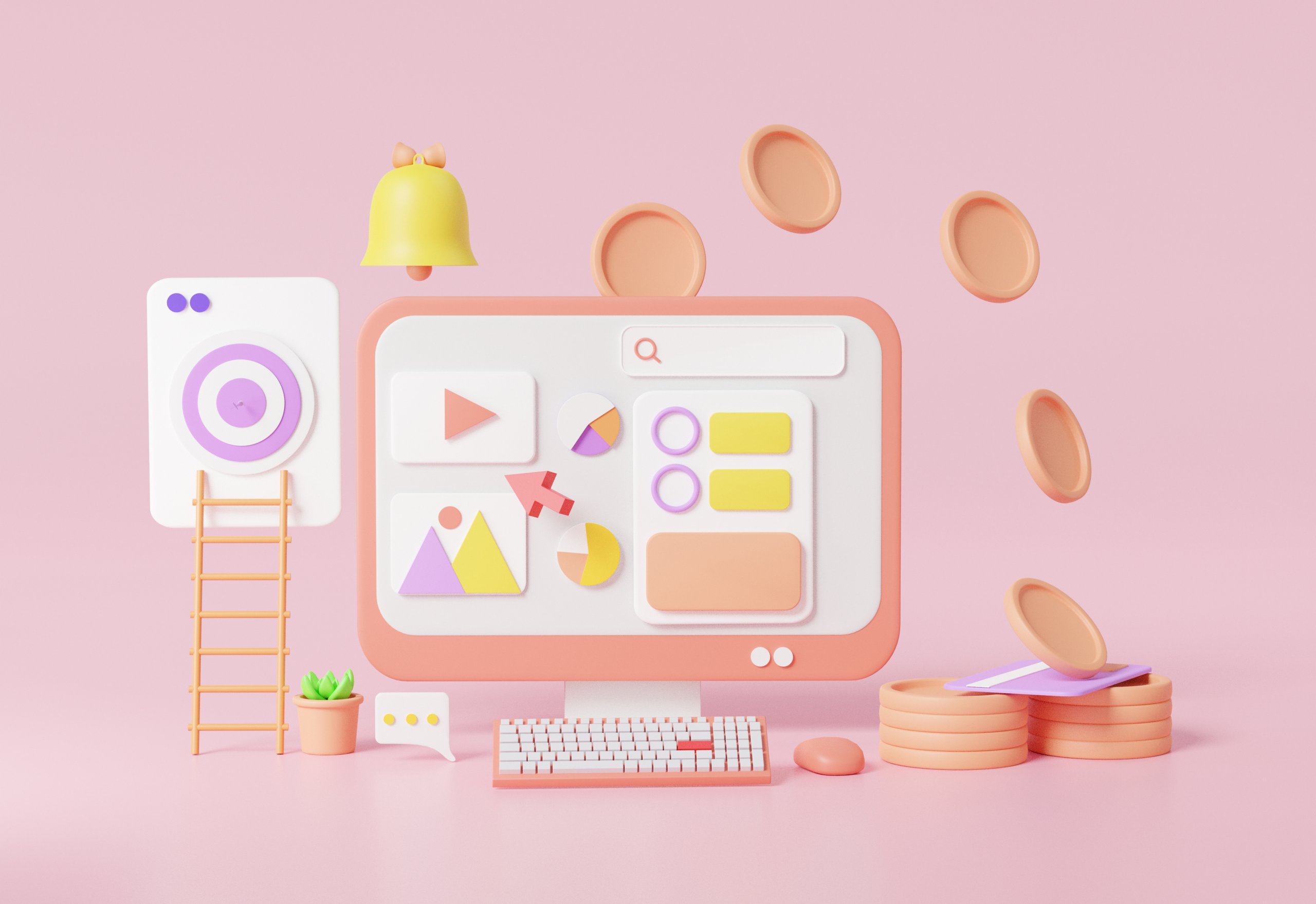
Cost-per-click refers to the cost you pay every time your ad is clicked. It can be calculated by dividing your ad cost by the total number of clicks.
For instance, if you spend $300 on your ad campaign and receive 600 clicks, your cost-per-click would be $0.50. This is the average cost you pay per click on your ad.
What is a good average, however, depends on many factors, including competition, keyword match type, device type, industry, and so on.
Keywords with a lot of competition typically have a high CPC. Also, there are industries that boast high averages such as insurance, online education, legal, marketing and advertising, and Internet and telecom (Statista).
Non-branded search terms are also priced higher because they have more competition than branded keywords. Searches for branded keywords are fewer but it pays to use them if your product/service is popular and your business – well-known.
Conversion Rate
Conversion rate refers to the total number of users who complete a specific goal, whether it is making a purchase, booking a demo, filling out a form, or anything else that adds value. It can be calculated by dividing the number of conversions by the number of sessions or ad interactions. For instance, if your website received 1,500 visitors which resulted in 150 orders or event registrations, the conversion rate would be 10 percent.
Click-through-Rate (CTR)
Click-through rate or CTR is used across different forms of online marketing, including SEO, email, and digital advertising. Whatever the form, CTR shows the percentage of users who click on a specific element out of the number of visitors who view it.
Examples of clickable elements include an ad on a social, display, or search network, a sponsored link, a CTA button on a blog post or landing page, etc.
Calculating the click-through rate is easy. Simply divide the number of clicks by the number of users (impressions) who view your advertisement, email, or webpage.
Impressions
Also known as view-through, an impression is when a user views an advertisement. In PPC campaigns, you can track this metric along with impression share and percentage.
You can calculate the impression share by dividing the number of impressions by the number it could have received. Respectively, impression percentage refers to the number of impressions that show above competitors’ ads and organic search results.
Keywords
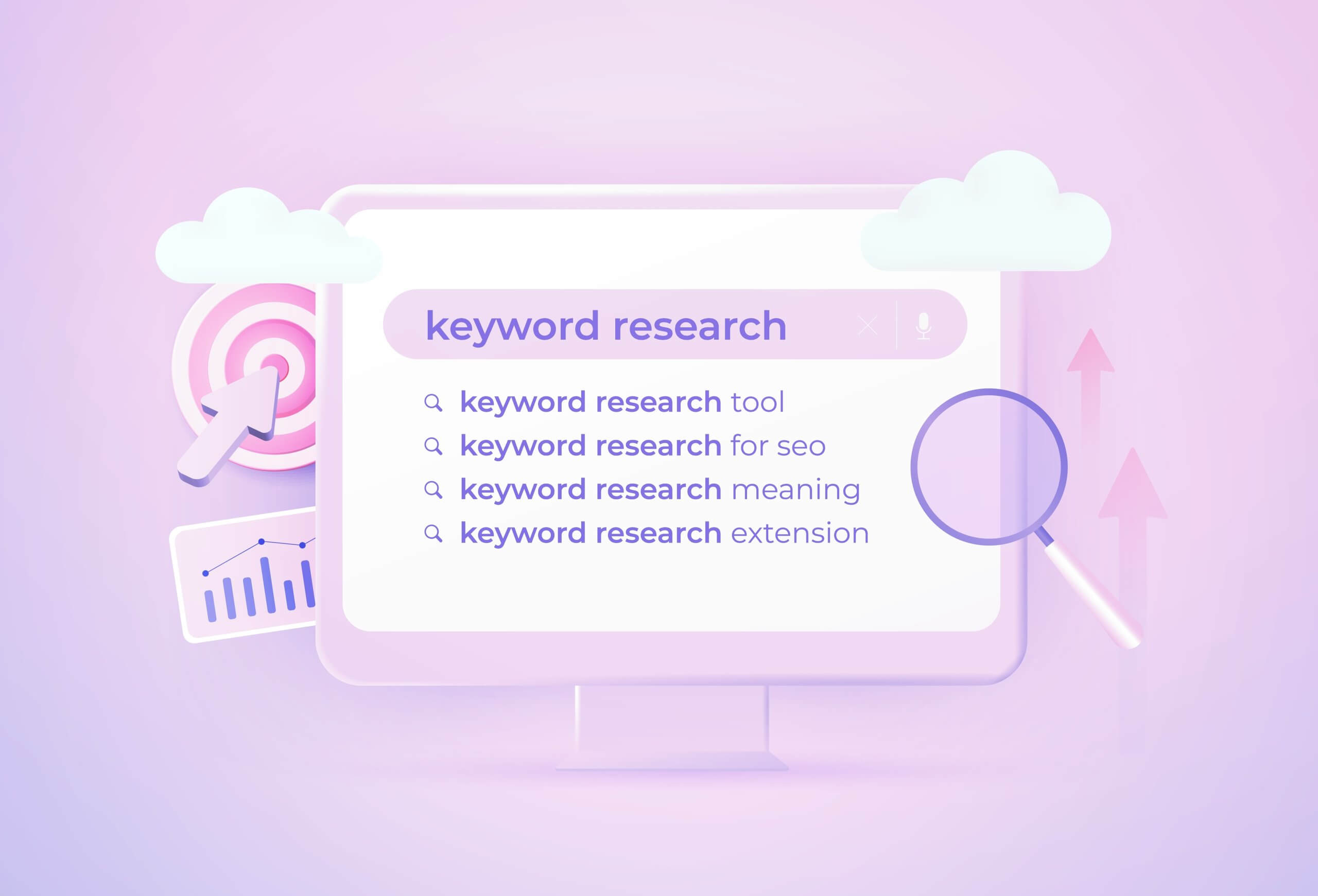
Keywords are at the heart of PPC marketing, directing the right users to your landing page or website. By choosing keywords that align with your audience and fit your website and ad, you have better chances of reaching users who search your keywords and are interested in your offerings.
The main types of keywords that you can use include generic, branded, longtail, navigational, and transactional.
Generic terms are mainly used to target customers who are searching for something unrelated to a specific brand, service, or product. Using generic or short-tail keywords is a way to gain a wider reach.
Branded keywords, on the other hand, are directly linked to your business and are mainly used for products and brands that are well-known.
Transaction terms are used to target users who are potentially interested in making a purchase. Examples include “discount”, “coupon”, “for sale”, and “buy”.
Navigational keywords are a fourth variety, helping customers find more about a specific product or service. This can be anything from “near me” to “X store directions” and “X coffee shop hours”.
Finally, longtail keywords are search phrases that include 3 – 4, or more keywords. They are considered highly transactional, meaning that when customers use keywords like “Adidas shoes for hiking” they are looking to find a specific product.
Landing Page

A landing page is the main page on a website which is either designed as a sales copy or as a lead generation page. Users typically “land” when they click on an ad from Google, Facebook, Twitter, or similar networks, or when they click on a link in an email.
The goal of a landing page is to facilitate a specific action such as booking a demo or appointment, making a purchase, or following a social media profile. The main types of landing pages are sales, squeeze, and splash.
A squeeze page is mainly used to collect user data, like the email addresses and names of users. It may offer something free, like a training video, webinar, or product sample in exchange for contact information.
A splash page is an introductory page with a call-to-action that aims to grab visitors’ attention and encourage them to click on another page. Alternatively, it can be used to showcase a specific product, promote an event, present a disclaimer, or inform users of a company update.
A sales page is meant to target leads and generate sales. To make money, a sales page needs to be compelling and persuasive, highlighting the benefits of a service or product.
Maximum Cost-per-Click (Max CPC)
Maximum cost-per-click refers to the highest amount a marketer is willing to pay for a click. Basically, this is a bid on keywords and ad placement and not the actual cost advertisers pay. The actual cost-per-click is often lower and based on factors such as ad relevance and expected clickthrough rate.
Negative Keywords
In PPC marketing, negative keywords enable advertisers to exclude irrelevant queries and focus on the search terms customers are likely to use. In some cases, they can relate to your business as well as other topics users are interested in.
Say you have a perfume brand called Best Kept Secret and place an ad. Users looking for information on attending Best Kept Secret, a famous festival in the Netherlands will most likely be disappointed that you’re actually selling perfumes.
A second example would be users looking for used cars. If you are a car dealership selling luxury vehicles, you’d want to exclude “used” so that your ads don’t show to this specific pool of customers.
Remarketing

Also called retargeting, remarketing is a tactic of targeting customers who have already engaged with and shown interest in your brand. It involves serving ads to encourage users to take a specific action.
For instance, if a customer visited your website, reached the checkout page, and left without purchasing, you can reengage with them at a later point through a different ad.
Return on Ad Spend (ROAS)
Return on ad spend is an indicator used to gauge the performance of an advertising campaign. It measures the amount of revenue generated against the budget allocated to a specific ad or campaign.
ROAS can be calculated by dividing the revenue generated by the amount spent. For example, if you spent $2,000 on ads and earned $6,000, your campaign generated $3 in revenue for each dollar spent.
Smart Campaigns
Smart campaigns allow you to specify a location so that Google displays ads to local audiences. The goal is to drive website visits and increase foot traffic to your store.
Designed specifically for small business owners, smart campaigns require minimum setup and involvement. The algorithm identifies keywords that are relevant to both your customers and your business and only serves ads to users that might be interested in your offerings.
Smart campaigns are best for businesses that don’t have the time to learn PPC marketing and run ad campaigns. Say you are a family-owned bakery working shifts to serve customers. You probably don’t have a lot of time to spend on your online marketing strategy, let alone bid for keywords and ad placement.
With smart campaigns, Google’s algorithm will identify search terms like “specialty bakeshop” and “nearest open bakery” and will serve your ads to locals searching for these terms.
Target Cost-per-Acquisition (CPA)
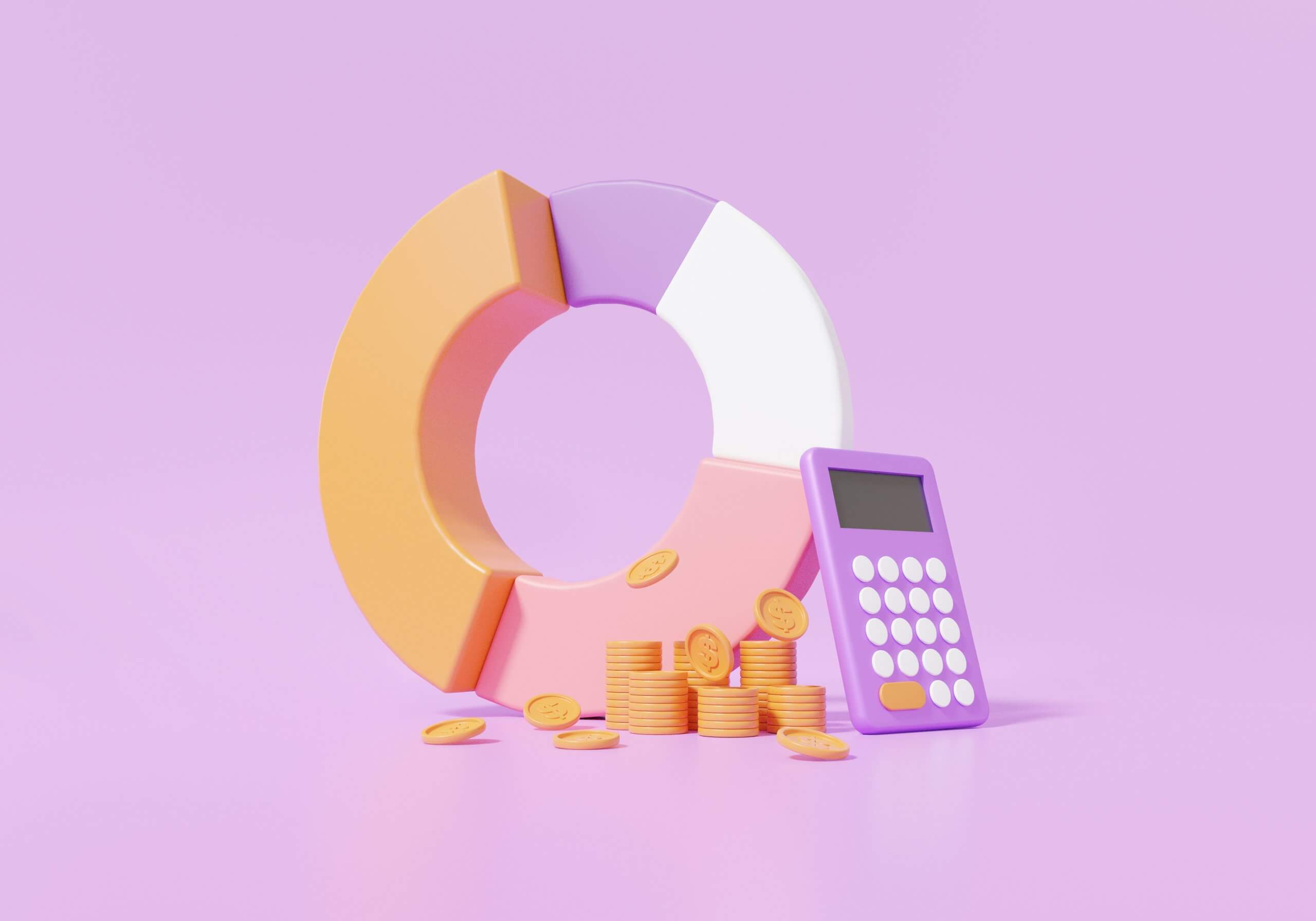
CPA is an automated bidding strategy that enables you to set an average amount you are willing to spend per conversion. Based on historical data such as time of the day, competitive environment, user interactions, location, and device, Google will bid lower or higher based on the likelihood that an auction converts.
The goal is to find an optimal CPC bid for each instance your ad is eligible to show up. While some conversions will cost you lower or higher, Google will try to match the average CPC with the target CPC.
Target ROAS
Target ROAS is also a type of automated bidding strategy where you set a target return on ad spend and let Google adjust your bids for all instances that are likely to result in a conversion.
If your goal is to get $3.50 for each $1 spent, your target ROAS would be 350%.
$3.5 in sales/ $1 spent on ads x 100% = 350% tROAS
In this case, the algorithm will adjust your bids to reach the target ROAS (350%). It will bid lower for clicks that are less likely to convert and higher for ones with a higher likelihood of converting.
User Intent
User intent is crucial in PPC marketing. You can adjust your campaign settings in many different ways but your efforts will be in vain if you don’t know what keywords users are searching for and why.
When someone is looking for “cheap garden furniture”, for example, they are most likely in the process of researching. “Garden furniture reviews” also shows a user is not quite ready while “buy garden chairs in X” denotes that a customer is actively looking to buy.
In PPC marketing, the most important point is to identify where your potential customers are in the buying cycle and align your keywords and message with user intent.
🔥 Tip: Hundreds of growing businesses use Socialfix to build their PPC marketing strategy and showcase their products and services. 
Types of PPC Marketing and How to Choose?
You will find a range of PPC marketing options such as search, display, social media, local service, and Gmail sponsored. Each platform has its advantages and limitations and the choice of a PPC channel depends on your objectives, budget, target audience, keywords, etc.
With Google Ads, for example, you access millions of websites, which presents you with an opportunity to widen your reach and exposure. Moreover, there are plenty of targeting options to ensure that your ads are only served to customers who are likely to buy from you.
At the same time, with more and more businesses investing in Google Ads, you also face more competition which means higher-priced keywords.
Facebook Ads also offers many benefits such as different targeting options, relatively cheap clicks, and more exposure (ads are hard to block). On the downside, it can be difficult to break through the clutter in the Facebook newsfeed and attract users’ attention.

Display Ads
Display ads are gifs, videos, images, and text which are served to users while they browse social media networks, apps, websites, and connected TV devices. They come in a variety of forms and sizes such as interstitial, banner, video, and rich media, enabling marketers to choose a style that best aligns with their goals.
Since ads are served on the Google Display Network, you can choose from millions of websites, targeting audiences based on demographics, location, language, and specific interests. In addition, you can choose a specific goal you are looking to achieve, like website traffic, leads, sales, and brand awareness and reach.
Customizing Your Display Ads
Once you set a campaign goal and target audience, you need to select a bid strategy that can be manual or automated. You also set a daily budget, ad rotation options, and timeframe for your campaign.
Display ads not only offer a range of customization options but are highly effective in reaching customers when done right.
To begin with, you need to identify your target audience based on demographics, interests, hobbies, etc. This way your ads will show to people who engage in activities that align with your business and those who are interested in your offerings.
Next, you want to create a compelling ad copy that stands out. Focus on benefits and demonstrate how your product solves a problem or meets a need. Include emotional triggers to grab attention and spur users into action. When people experience fear, anxiety, or anger, for example, they are likely to act.
Lastly, you want to make sure your ads and landing page are mobile-optimized to enhance the customer experience and increase conversion rates.
The Dos and Don’ts of Your Display Ads
Just like there are some dos, there are also some don’ts. As many people think ads are intrusive, you want to gain their trust first and not just sell.
Also, directing customers to your home page may not always make sense. In some cases, it may be better to create a campaign-specific landing page that aligns with your marketing message and the feel and look of your ad.
Search Ads
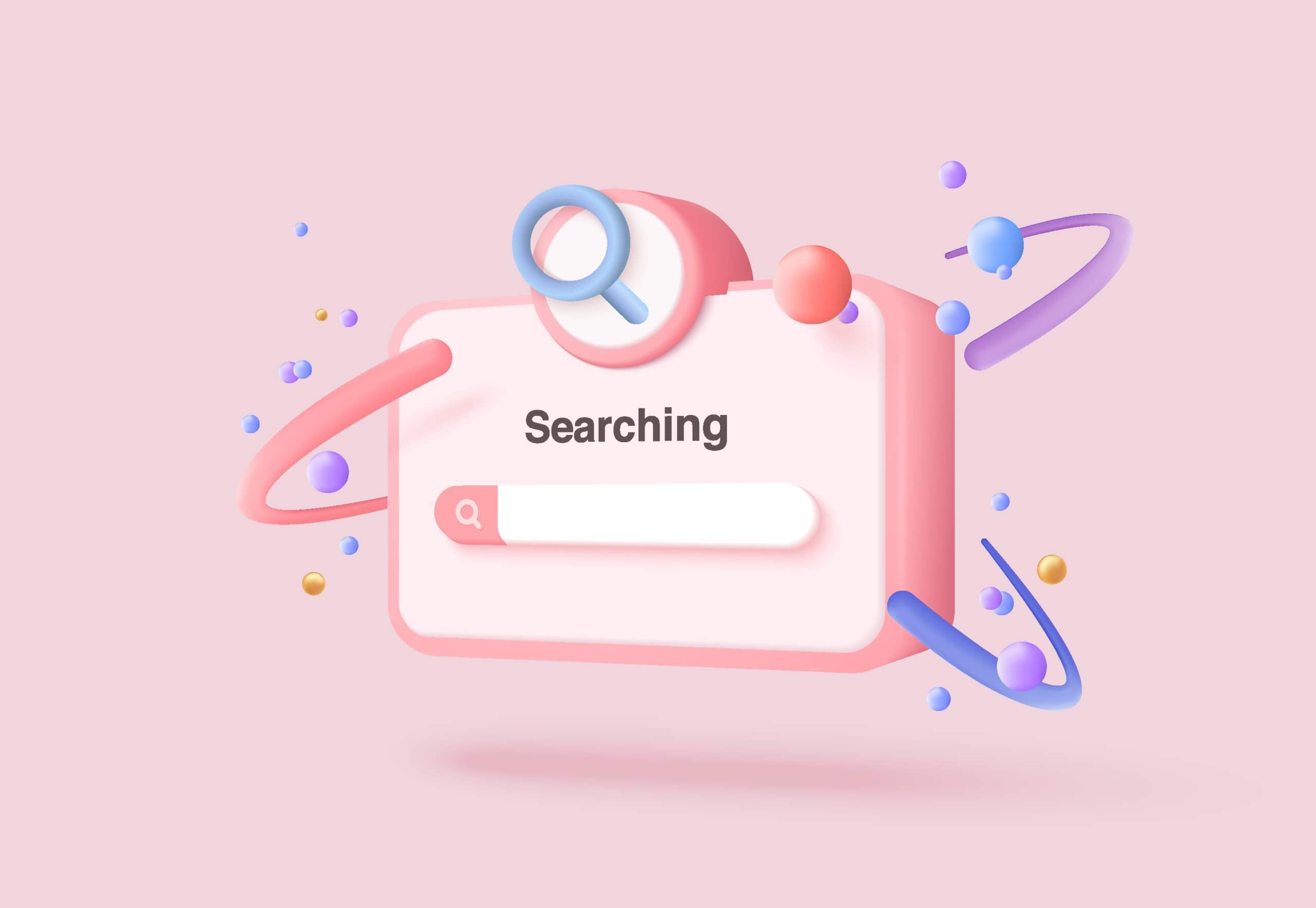
Also known as search engine marketing and sponsored ads, paid search advertising displays ads at the top or bottom of page results.
Most engines have their own proprietary platforms that offer paid search ads. Google has the largest market share (77.43%), followed by Baidu (8.13%), Bing (7.31%), and Yahoo (5.6%, Exprance)
While Google dominates paid search, the concept behind most platforms is pretty much the same, with some slight variations.
Here’s an illustration of how Google paid ads work.
How Google Paid Ads Work
Whenever you run an ad campaign, there are three elements to focus on: your landing page, ad, and keywords.
- The set of keywords you choose tells the algorithm to show your ad on the search results page whenever someone searches for those specific keywords.
- The second element is your ad and where it shows depends on a range of factors, including relevance to the search query and your bid.
- The third element, your landing page is where you get users to convert, whether downloading an app or buying a product.
When it comes to bidding, your bid is not the price you will end up paying for each click. For instance, there is a top bidder who values a click at $5.50, another at $4.75, and a third at $3.40.
The lowest bid sets the price for the least visible and valuable spot, with each spot up being valued higher at an incremental dollar value (say $0.10). This means that the top bidder would pay just $3.60 instead of $5.50.
Moreover, regardless of ad placement, advertisers only pay for actual clicks which presents an opportunity to convert visitors.
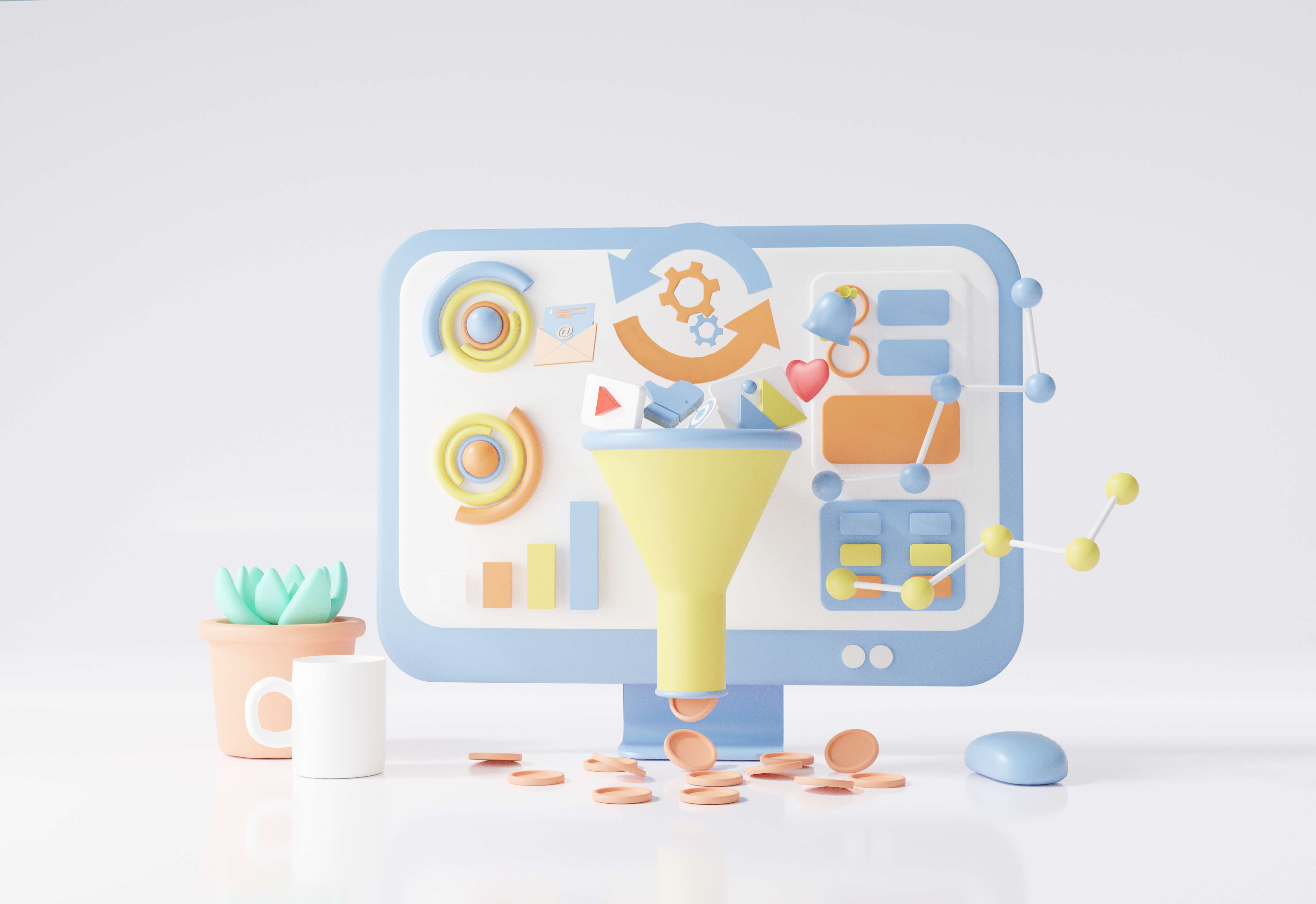
Factors in User Conversion
There are many factors that play a role in user conversion, one being whether your landing page aligns with your ad message.
For example, if your ad copy says “women’s swimsuits on sale” but you direct users to your pricing page, you will annoy visitors and make them exit your site.
Other best practices to keep in mind when creating paid ads are avoiding generic language and CTA, experimenting with ad variations, and optimizing for mobile.
With some dos under your belt, here are the don’ts.
For starters, you don’t just write ads that are creative or fun. You want to include price points, relevant keywords, supporting visual elements, and compelling reasons for users to click on your ad.
Also, when creating a landing page, do not include distractions like additional calls-to-action, moving images, colors and fonts, large navigations, and even worse, links to external sites.
If your website is cluttered and overwhelming, visitors are likely to exit and go someplace else.
Video Ads

Video advertising involves creating promotional content to target specific audiences and market a product or service. Ads are displayed during, before, or after video content or promoted on eCommerce, entertainment, news sites, and social media networks. They help build brand awareness, drive website traffic, generate leads, and increase conversions.
Businesses can choose from different types of ads that align best with their message and objectives, including masthead, video discovery, bumper, out-stream, and instream.
Types of Video Ads
- Instream ads, for instance, are played inside a video and shown before (pre-rolls), during (mid-rolls), and after the video (post-rolls).
- Outstream ads are displayed in non-video environments such as partner websites, apps, and social media feeds.
Both formats help establish brand awareness, boost website traffic, and reach leads. The main difference is that out-stream ads are non-interruptive and improve the user experience.
Video Ads Target Audiences
In addition to choosing a format that is likely to create the most impact, it is also important to define the customers who you want to reach and who might be interested in your products.
With YouTube, for example, you will find plenty of targeting options such as age, gender, education, household income, and parental and household status. You can also target users through life events like changing jobs, getting married, or starting a business.
Using relevant targeting and assigning customers to groups with shared features or interests can help increase your chances of reaching out to people who are likely to interact with your brand.
With the right customers in mind, the messaging and tone of voice are key to creating ads that people can relate to. To ensure they recognize themselves in your ad, you want to highlight a problem in your customers’ experience and demonstrate how your product can solve it.
Video Ads Mistakes
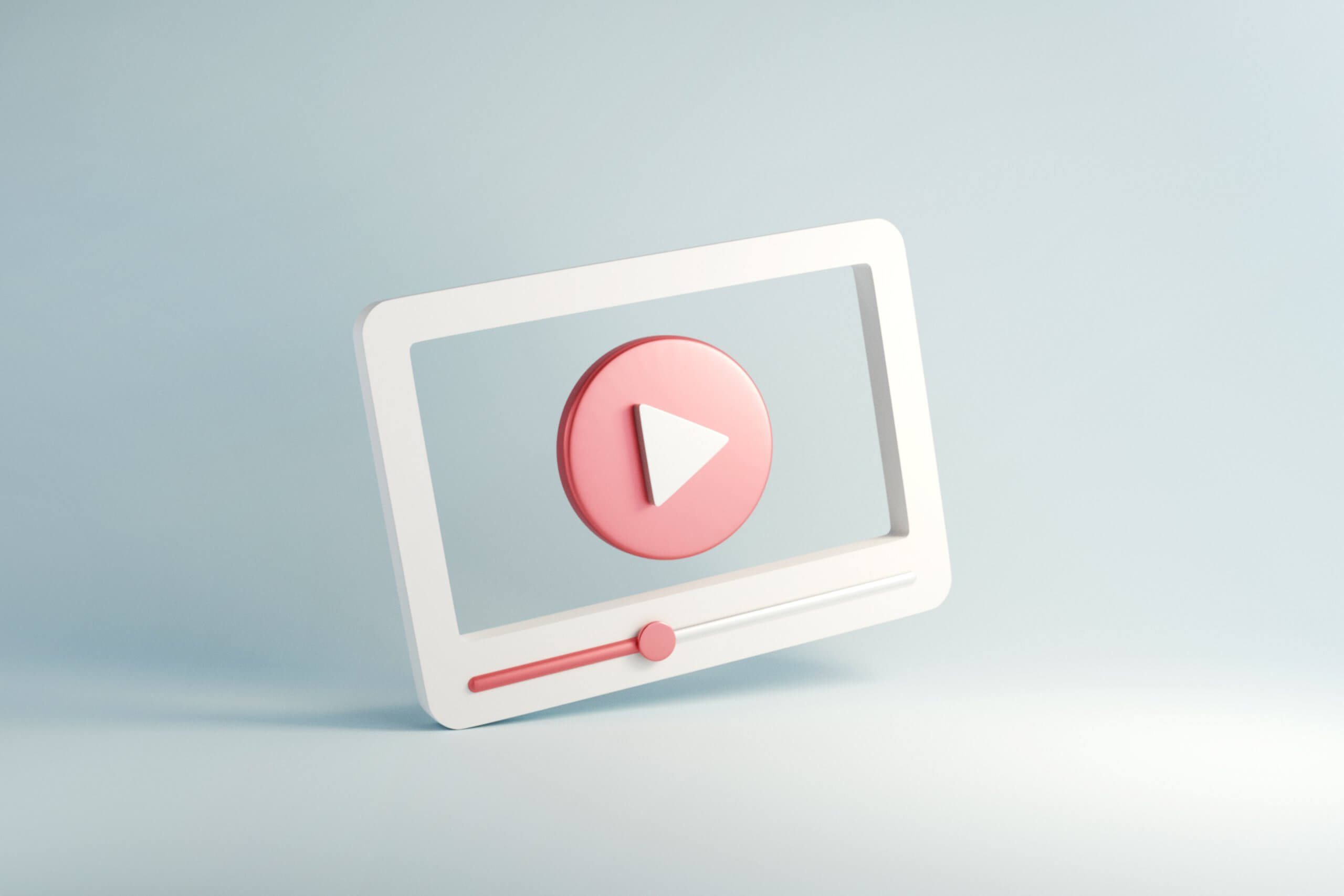
One mistake that marketers make is focusing on product features instead of showing how it fits into customers’ daily lives. Over-focusing on your customer and overly self-promoting drives customers away. It’s like a “me, me, me” rant.
Another rookie mistake that marketers make is forgetting about aesthetics and visuals. Using compelling visuals that captivate viewers, tell a story, and leave an impact can be the difference between a great video and one that is so-so.
Remarketing Ads
Ads remarketing is a form of advertising targeting customers who have already interacted with your brand and have some knowledge and interest in your products or services. Perhaps they subscribed to your newsletter, checked out your social media profile, visited your website, or added products to their cart but left without converting.
While it is unrealistic to assume that each and every visitor will convert into a customer, retargeting can help recapture prospects with the right strategy.
Segmenting Audiences for Retargeting
A highly effective strategy is to target customers based on buyer personas and their interests, purchasing habits, and demographics.
One way to segment visitors is based on behavior and categorize them as interested and not interested.
Another way to group your visitors is by separating them based on who stayed on your website for just a few seconds and exited, and those who stuck around for a while.
Those who stayed include people who browsed through your website and pages like “About us”, “Product page”, and “Pricing”. This group of interested customers has high intent and it is where you should focus your retargeting efforts.
A more targeted strategy involves segmenting customers into groups based on the stage they are in the buyer journey. This can help you create ads that resonate with customers at each stage of the sales funnel.
For instance, people who just browsed general information are top-of-the-funnel visitors. As they are still in the research phase, a good retargeting ad would be an informational video or an eBook.
Retargeting Best Practices

Your retargeting efforts don’t stop with segmentation, however. There are some good practices you should follow to successfully recapture lost prospects.
In the first place, you want to fine-tune your message and make it resonate with the different segments you are targeting. If your goal is to connect with engaged customers, you need to create a message that is personalized and relevant to what they are searching for. Conversely, a more generic message could work better for cold prospects.
Secondly, even if your message aligns with your target groups, you don’t want to appear intrusive. One of the most annoying experiences online is being bombarded with ads. Instead, you want to limit the number of ads that users see, thus avoiding the risk of overexposure.
Defining a good frequency cap can be tricky, so you want to test what frequency would work best. To this, you can group your customers into two lists, set two different frequency caps, and analyze the results.
In addition to overexposing customers, other don’ts to keep in mind include underserving your audience, defining very small audiences, targeting prospects with boring, repetitive, and limited content, and failing to analyze results.
Social Media Ads
Social media advertising is a form of online marketing that enables brands to run ads on social networks such as Facebook, Twitter, LinkedIn, and Instagram. To promote their products and services, advertisers leverage the channels their target audiences most frequently use.
Using analytics data enables marketers to run personalized ads based on interests, behavior, location, demographics, and other data.
Paying closer attention to users who are already buying or engaging with you can give you a good idea of what your audience looks like. Who comments, shares, or likes your posts? Taking a closer look at the people who interact with your brand can help you identify common characteristics such as gender, age, language, location, etc.
The next most important question is what users are talking about. You can find out more about their preferences, pain points, popular topics, and conversations around your brand by using social media tools like Sprout Social, Brandwatch, AgoraPulse, and the like.
In addition to targeting the right audience, you need to ensure that your marketing message resonates with them. It is important to create an audience-centric message that shows the value and emphasizes the “what’s in it for me” factor.
Users only care about what your product or service can do for them. Instead of leaving customers wondering why they should choose you, tell them why you are worth their attention.
Now that you have the right audience and message, you need to make sure your ad is eye-catching. Unless your ad is really creative and memorable, it will easily get lost in the sea of the content appearing on people’s screens.

Gmail-Sponsored Ads
Gmail-sponsored promotions are unique ads that live in people’s Gmail boxes. This is a form of paid advertising where ads appear above organic emails.
The main benefits are high viewability, affordability, and many targeting options to reach the right audiences. An added benefit is the choice of available formats, including catalog creative, multi-product and single-product promotion, and single-image ads.
As of July 2022, Gmail sponsored ads are part of Discovery campaigns, meaning that advertisers can reach customers through the Google Discovery feed, YouTube, and Gmail. To transition to a Discovery campaign, marketers should focus on three specific areas: target audience, bidding, and budget.
The audiences in Discovery campaigns and Gmail ads are quite similar, made of segments and based on demographics, intent, interests, etc.
The main difference between both is keyword targeting. The good news is that you can still use your Gmail ad’s top-performing keywords to create a custom audience.
Bidding is another aspect you need to have a look at. While Gmail ads support manual bidding, Discovery campaigns leverage smart bidding strategies like Maximize Conversions and Target CPA.
When it comes to budgeting, you may want to consider allocating a larger budget to account for the significantly expanded reach of Discovery.
Lastly, while the update enables advertisers to reach wider audiences, there are some things that you don’t have the ability to control. For example, you can no longer choose to serve ads based on the type of device customers are using (tablet, mobile, desktop computer, or TV screen).
Also, unlike Gmail-sponsored ads, you cannot adjust settings like ad rotation, frequency capping, delivery method, and contextual targeting.
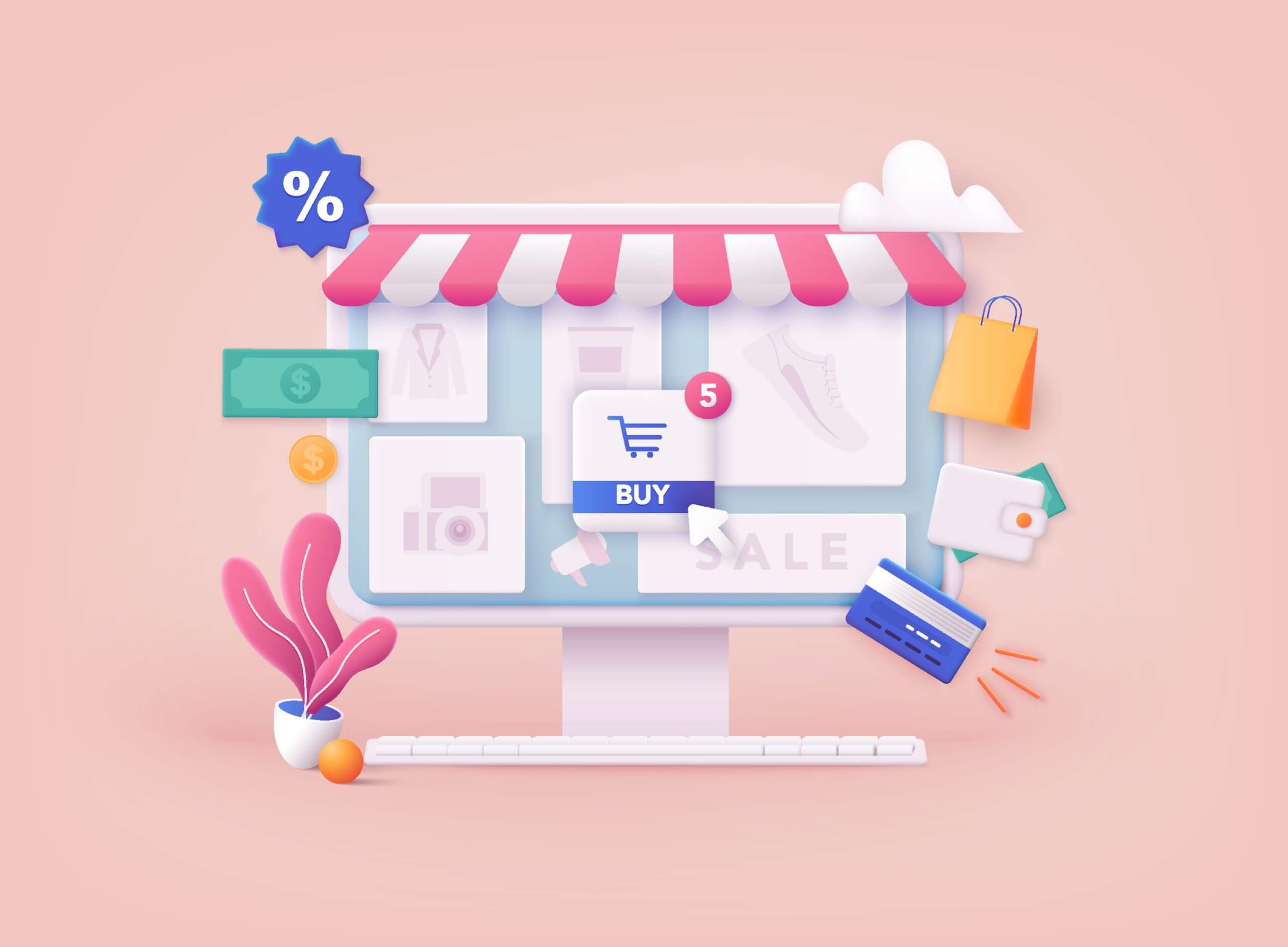
Local Service Ads
Google local service ads are a form of paid advertising targeting customers located in your area. Based on your input, including highlight features, services offered, business hours, and location, the algorithm generates ads that are served to users searching for specific, relevant keywords.
To be included in Local Service Ads (LSA), advertisers need to undergo a screening process, including insurance, background, and license checks. Google will verify whether you have provincial or state licenses, general liability or public insurance, etc. The specific checks you must pass depend on the country you operate in and the type of business you run.
Even if you are confident you’ll pass the screening process, keep in mind that only businesses in certain categories are eligible for sponsored listings. Examples include tax and property services, window cleaning and repair, moving services, and home security.
If you are unsure whether you meet the criteria, you can use the eligibility checker to determine whether Local Service Ads are available for your job category or service field.
Businesses are eligible to participate if they’re based in the U.S., Canada, and European countries like Italy, Germany, and France. If LSA is available in your country and service area, signing up offers a number of benefits such as no fees, quality leads, ease of use, and mobile-friendliness.
PPC vs. SEO—What’s the Difference?
The main differences between SEO and PPC are cost and positioning. PPC advertisements appear on top of organic search results during the lifespan of an ads campaign. Showing on top of the search, ads bring instant results but cost you money. You pay a fee each time your ad is clicked. SEO is free but can take time to see results. It involves a set of practices aimed at improving the appearance, user experience, and positioning of your website in search results. While your site appears below paid advertisements, SEO can bring consistent traffic for as long as you rank high in SERPs.
PPC Marketing
PPC marketing can be an effective short-term tactic for driving traffic to your website. Results are fast and measurable, giving you important insights about the performance of your ad campaign.
You can monitor a range of metrics, including visits, views, clicks, profits, and costs. A PPC campaign will also show you which keywords bring traffic as well as what route customers take when visiting your website. Some will browse different pages, others will exit immediately, while still others will go straight to the products page.
SEO Marketing
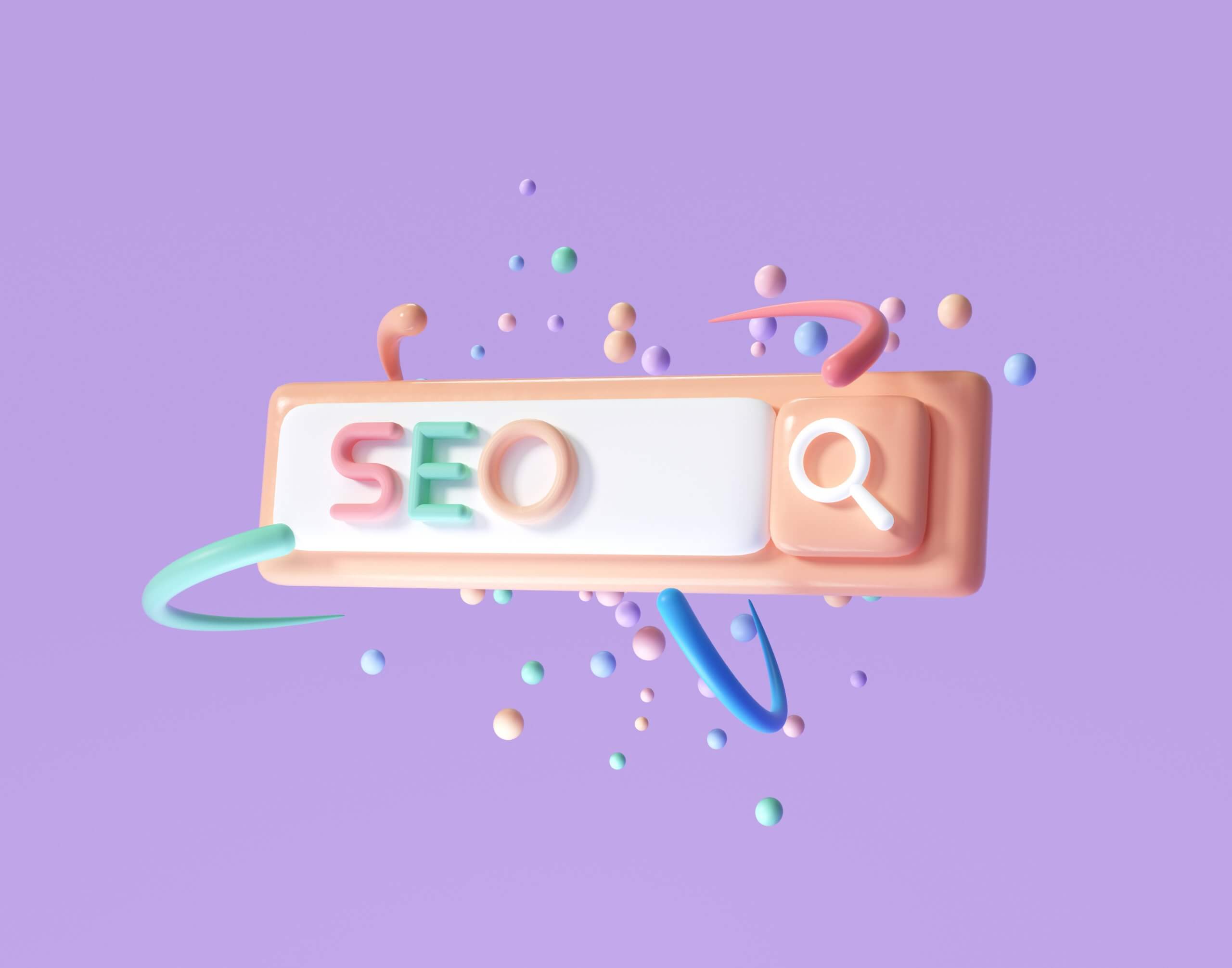
SEO marketing is a long-term strategy aimed at improving search engine ranking, building brand visibility, and driving organic traffic. It focuses on link building and social media engagement (off-page SEO) and website structure, content, and keyword optimization (on-page SEO).
Unlike PPC marketing, results take time, consistency, and research on what strategy and keywords to use. At the same time, results are more sustainable meaning that when you get to rank high in SERPs, you can expect consistent organic traffic to your website.
Are PPC and Affiliate Marketing the Same?
PPC advertising involves marketers paying publishers for clicks. The goal is to generate traffic and specific user action such as video views, newsletter signups, inquiries, or sales.
Affiliate marketing, on the other hand, involves promoting a third-party product or service on a website, blog, podcast, or social networking site. Marketers earn a commission each time they generate a sale.
Why Should You Advertise on Social Media?

Social media advertising is an effective strategy to expand your visibility and reach. It allows you to target users based on demographics, behavior, location, and other characteristics.
Hyper-targeting gives you the opportunity to introduce your brand to prospective customers in a way that matches their behaviors or interests. Additionally, using social media analytics enables you to gain audience insights, including devices they use, location, gender, age range, etc. You can leverage this data to update your targeting and improve the reach of your ad campaigns
Secondly, you will find a variety of social networking sites and ad formats to choose from. Younger people, for example, continue to flock to Snapchat and TikTok while LinkedIn is populated with business-minded folks, industry professionals, and entrepreneurs.
Advertising on Facebook
Advertising on Facebook can be an effective marketing strategy due to the sheer number of active users (2.96 billion) (Statista), which makes it the largest and most popular social media platform.
As well as a large pool of users that marketers can access, Facebook offers a variety of targeting tools, including core, custom, and lookalike audiences, along with a range of options for hyper-targeting.
Added benefits include a wide choice of ad formats and campaign objectives, low cost compared to other channels, and measurable results. There is a range of ad formats to look into, including instant experience, carousel, and stories, and a choice of campaign objectives like reach, impressions, link clicks, and conversions.
Facebook advertising is also cheaper than most platforms, with $0.97 per click on average. In comparison, the average cost per click is $1.50 on Pinterest, $3.56 on Instagram, and $5.26 on LinkedIn (Business of Apps).
Lastly, results are measurable, with a total of 145 metrics to track, including lifetime value, click-through rate, impressions, and cost per conversion.
Advertising on Instagram

There are many reasons why marketers choose Instagram for their advertising campaigns, including a large and growing community of users, high engagement rates, high level of targeting, and a choice of ad formats.
In 2021, Instagram had 1.21 billion monthly active users, and they are projected to grow to 1.44 billion by 2025 (Statista). The engagement rate is also higher (0.83%) than that of Facebook (0.13%) and Twitter (0.05%) (Statista).
Not only does Instagram get more engagement but advertisers can leverage a range of targeting options to reach the right audience. These include lookalike and custom audiences, behavior, interests, location, and demographics like relationship status, life events, education, and gender.
Lastly, Instagram allows you to choose from a variety of ad options to target users differently. The types of ads you can use to reach customers include feed, reels, section-based, Stories, Explore, and shopping ads, to name a few.
Advertising on Twitter
With a large choice of ad types, marketers can use different formats to accomplish specific campaign objectives such as website traffic, app installs, video views, and reach.
The choice of formats includes a carousel, video, text, moment, follower, and so on. Like other social media, Twitter also offers a choice of targeting options to serve ads, including follower-lookalikes, movies and TV shows, interests, events, and conversations.
When it comes to pricing, Twitter factors in bids, billable actions, and ad type, allowing you to set a budget that works for you. Still, it has the lowest cost per click ($0.38) compared to Facebook ($0.97) and Instagram ($3.56) (Brandwatch).
Advertising on YouTube
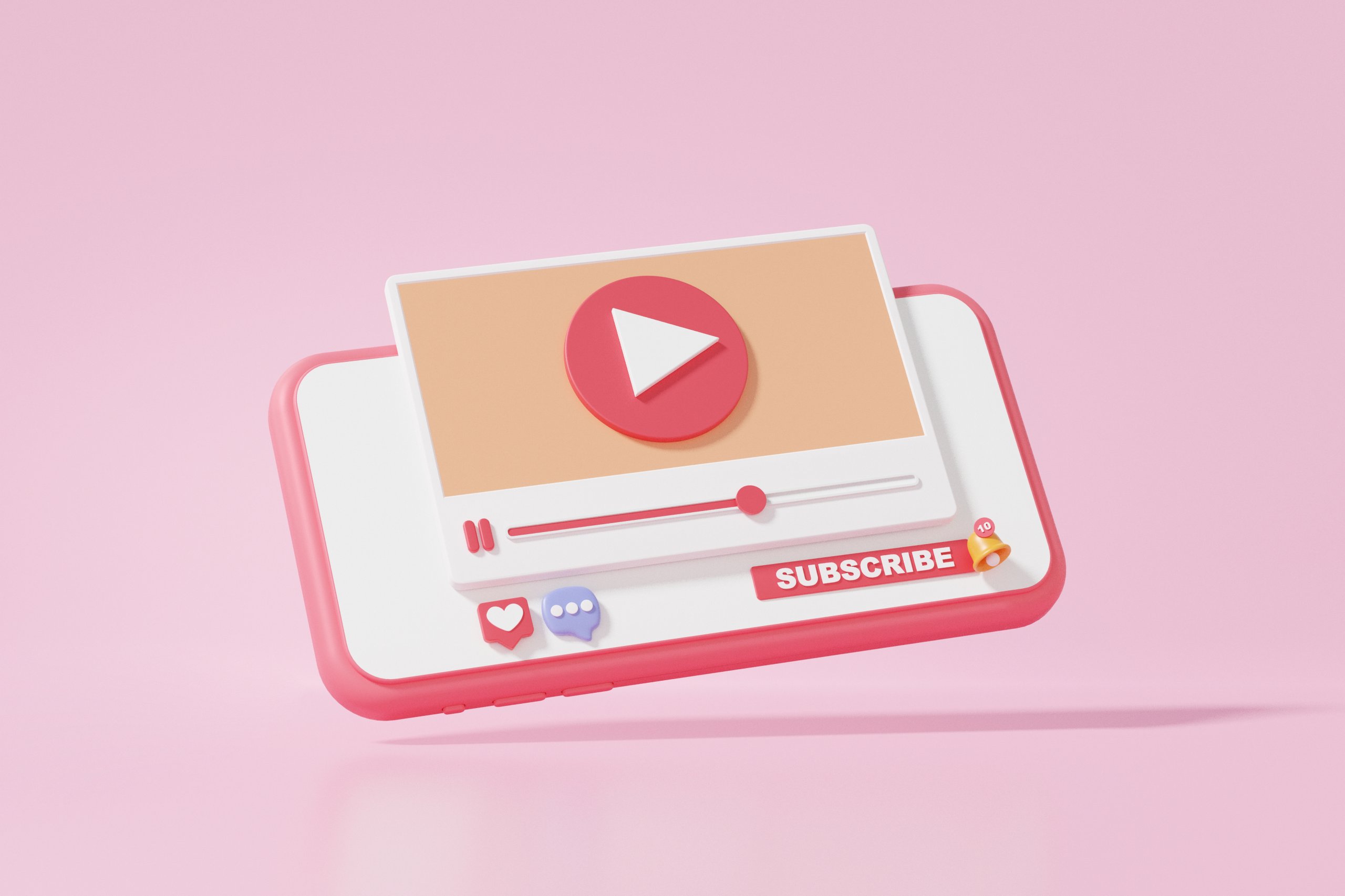
Among the many benefits of YouTube advertising is a high level of targeting, cost-effectiveness, choice of ads, and metrics that are easy to measure. With YouTube offering marketers a wide choice of targeting options, you can be very detailed with audience segmentation.
You can target users by location, operating system and device, topics, keywords and placements, and demographics like household income, parental status, age, and gender.
The choice of video ad formats is also impressive, ranging from out stream and bumper to in-feed, skippable, and no-skippable instream ads. Not only can you pick a format that helps meet your campaign objectives but you can easily track how your ads are performing.
YouTube allows you to track average view duration, average percentage viewed, re-watches, and engagement such as shares, likes, subscribers, views, and earned actions.
Last but not least, YouTube ads are cost-effective, with advertisers paying just $0.49 per click (Adstage).
Advertising on TikTok
Besides a wide range of ad formats like Branded Effects, in-feed, and TopView, TikTok enables marketers to connect with the audience that matters. While it is mainly used by younger people, you can choose to segment your prospects by language, location, interests, purchase intent, device, and more.
Also, with a variety of content types that users consume on TikTok, there is a place for everyone. Whether you are an audio production company, restaurant, shipping business, or clothing brand, there is a group of users likely to identify with your brand.
When it comes to cost-effectiveness, with an average CPC of $1.00, advertising costs are similar to or lower than other platforms (Business of Apps).
8 Most Popular PPC Ad Networks
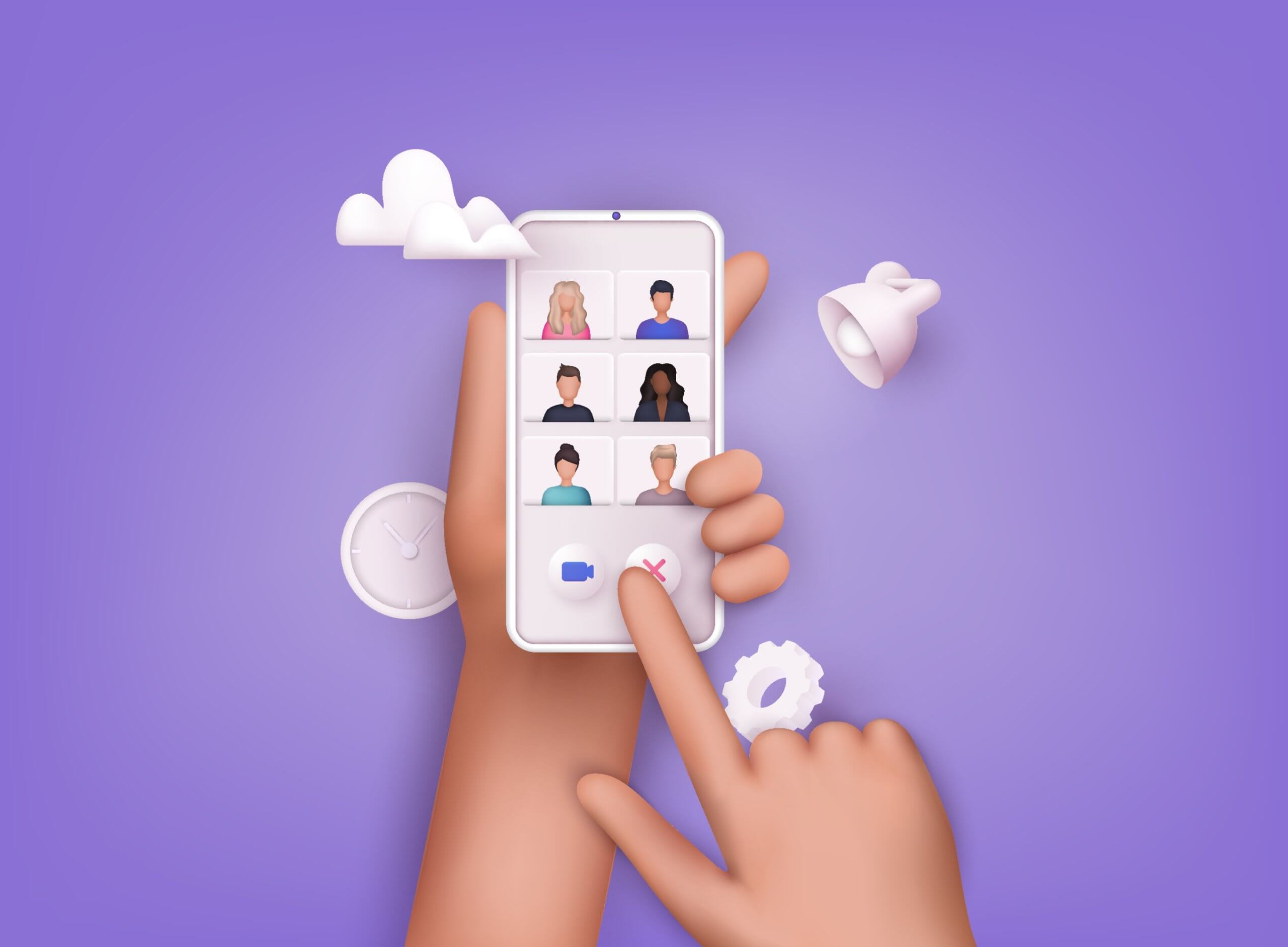
Each ad network has its unique functionalities and features, with the choice of platform mainly based on advertiser budget, creative opportunities, and targeting options.
Luckily, you’ll find a number of platforms that offer you a choice of ad formats and the opportunity to advertise within your budget, helping you reach a wide customer base.
Some of the popular networks that help accomplish all three are Facebook, Google, Twitter, and Yahoo Ads.
Facebook Ads
Facebook allows you to target three types of audiences or groups of people you are looking to connect with – core, custom, and lookalike.
With core audiences, you can create your ideal buyer persona based on criteria such as interests, behavior, connections, demographics, and location.
Custom audiences are a second targeting option that allows you to engage with highly interested users. This is a group of people who have interacted with your brand, whether making a purchase, visiting your website, or signing up for your newsletter.
A lookalike audience is a segment of users who share similar behaviors, interests, or demographics with your existing customers.
And if you need to create a hyper-focused audience, Facebook offers plenty of options to narrow your target market. Under Demographics, for instance, you can define your audience based on job title, education, relationship status, and more.
These added levels of targeting allow you to narrow down your audience to segments like single parents with teenagers who have a Master’s Degree and are government employees.
When it comes to the choice of formats, there are plenty of options to help you meet specific objectives.
Video ads enable marketers to showcase their brand, service, or product through compelling video content. They are useful for tutorials and product demos, highlighting your product’s features and uses.
Carousel ads allow you to show multiple videos or images and can be used to present a series of products and for step-by-step user guides.
Advertiser budget is a third and important consideration for most businesses. Facebook allows marketers to set a budget which is the amount they are willing to spend on a day-to-day basis. The cost of ads depends on a number of factors such as location, time of day and year, industry, campaign duration, placement, and audience targeting.
Google Ads
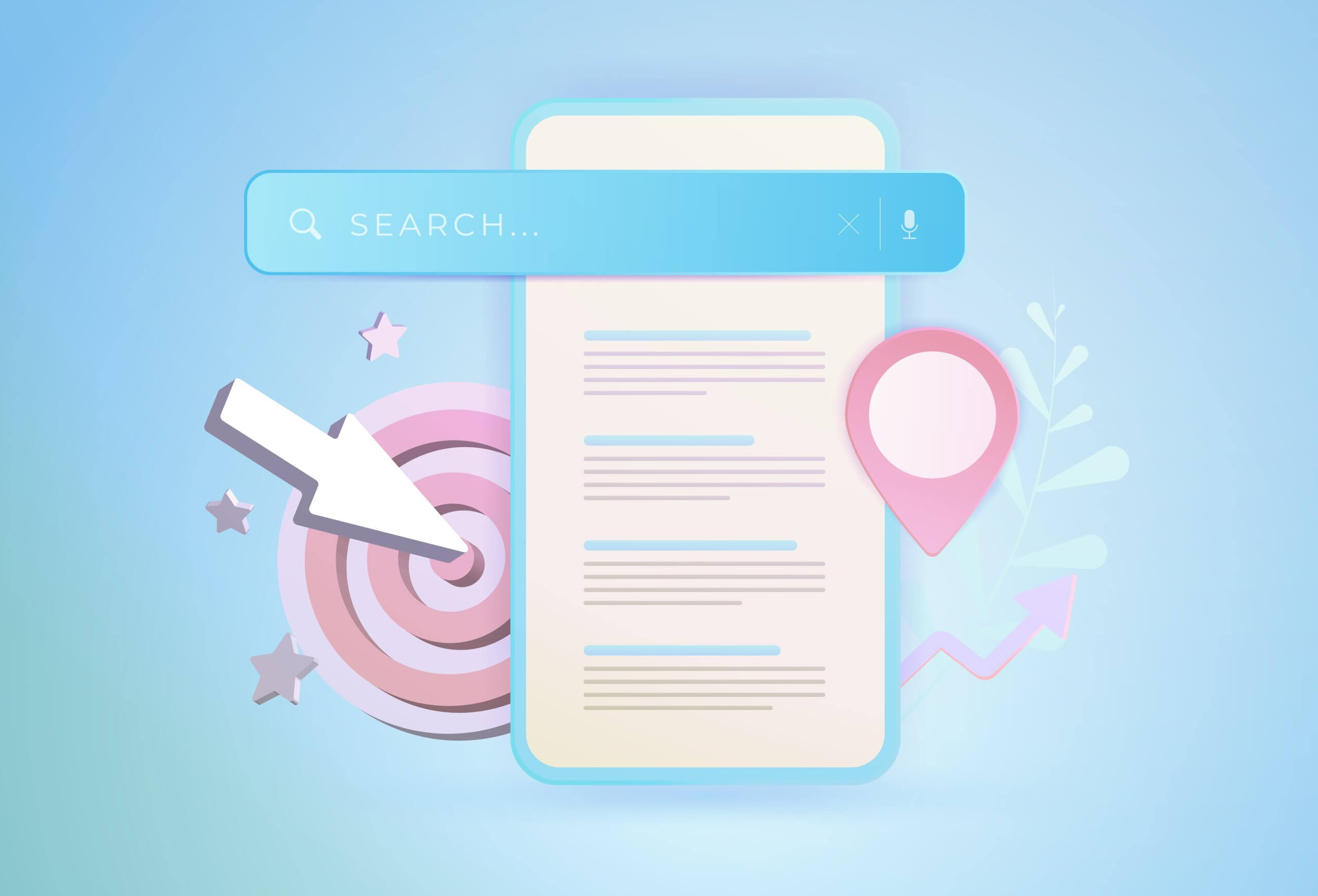
Google Ads also lets you choose from three target audiences: in-market, custom affinity, and affinity.
With in-market audiences, you can target users who are interested in services or products that are similar to your offerings. They might have browsed websites offering snowboards, for example, or added a snowboard to their shopping cart but left without buying.
Custom affinity audiences allow you to target users based on keywords such as “snowboard jacket” or “mid layers”.
Affinity audiences, on the other hand, let you choose from 80 different categories like “winter sports enthusiasts” and “skiing enthusiasts”.
As well as advanced targeting options, there is a variety of ad formats to reach your ideal customers, each with its own benefits.
Product shopping ads, for instance, feature details like price, title, image, and link to your store. They are designed to get customers to make a purchase.
Showcase shopping ads are somewhat different in that they are targeting customers looking to decide on a brand. As they are often browsing for related products, this type of ad is ideal for showcasing your product line.
With regard to budgeting, Google Ads also lets you set a daily budget for your campaign or a shared budget across multiple campaigns. Ad cost, however, depends on factors like expected CTR, landing page experience, keywords, and industry.
Twitter Ads
Twitter offers a range of targeting options across multiple categories. If you are looking to reach customers in a specific location, you can specify a postal code, city, metro area, region, etc.
Likewise, interest targeting enables you to reach users based on subtopics like family and parenting, books and literature, travel, and personal finance. Within each category, you will find multiple subcategories that might better align with your campaign or brand. Under beauty, for example, you can choose from topics like skincare, makeup and cosmetics, and body art.
Once you specify the audience you are looking to reach, you want to choose the right format based on the stage your customers are in. Website cards, for example, are especially useful for building brand awareness by driving traffic to your app, landing page, or chatbot.
Promoted tweets enable you to enter into the conversation and create more engagement in the form of retweets, likes, etc. This format comes in various forms such as promoted GIF, poll, account, image, and text.
Pricing mainly depends on the ad format you choose to use. With promoted tweets you will pay between $0.50 and $2 per like, follow, or retweet while promoting your account will cost you between $2 and $4. Promoted trends that cost significantly more ($200,000 a day) are best suited for big brands with large advertising budgets.
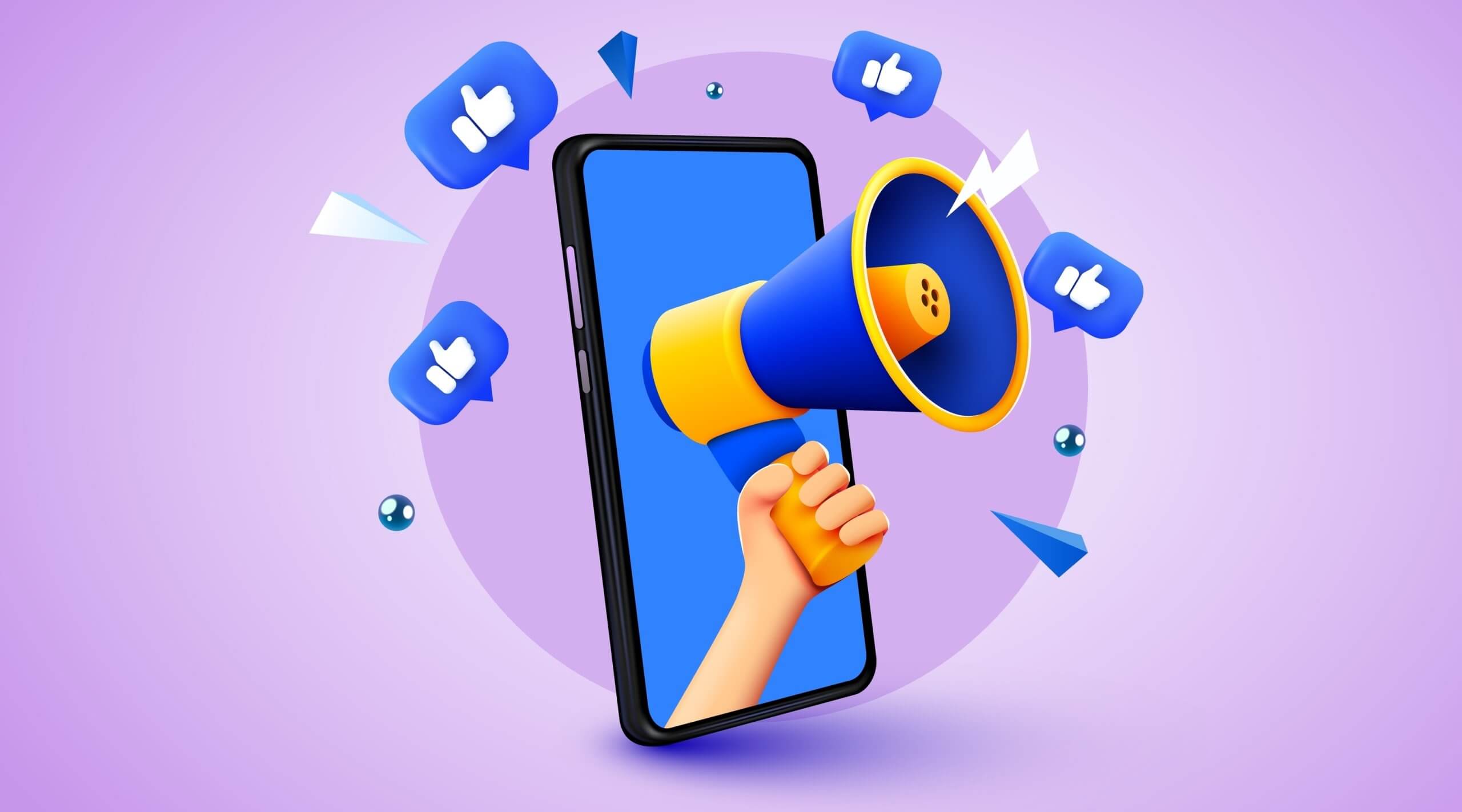
Amazon Ads
With Amazon Ads, marketers can choose from keyword and product targeting.
The first option lets you specify and bid on keywords customers are likely to be using. For example, if you find out your target customers are searching for “vegan frozen yogurt” or “frozen yogurt ice cream”, you may want to place a higher value on these search terms.
The second option, product targeting allows you to bid and get your ads featured alongside search results for a specific set of products, brands, or categories. In this case, your ads are served to users looking for complementary or similar products or alongside competitors’ product lines.
Along with different forms of targeting, Amazon offers a range of ad formats to help accomplish your advertising goals. Some of the options to look into are lock screen, custom, and video ads, Amazon posts, and sponsored brands.
Amazon posts enable you to engage customers with your brand’s story while browsing different categories.
Product display ads target shopper interests or competitors or similar products to reach a wider audience.
With interest-based targeting, the goal is to show services, products, or features that might be relevant to what customers need. Promoting your brand alongside competitors is a way to market your product as an add-on purchase while undercutting the competition.
With regard to pricing, the average cost per click is $1.20 in the U.S. (Statista). How much you end up paying depends on factors such as your bids per keyword, ad targeting, daily budget, and the relevance of your product listings.
Pinterest Ads
Like other ad networks, the key to advertising success is targeting the right audience for your content or product. With Pinterest ads, the three options you can work with are keyword, interest, and audience targeting.
Audience targeting allows you to create an audience based on an email list, your website visitors, users who engaged with your pins, or those with characteristics similar to your audience.
Interest targeting is based on what your audience likes. You can choose from a list of categories like baby gear, sporting goods, health and beauty, entertainment, etc.
Keyword targeting targets specific search terms users are searching on Pinterest. They should be relevant to your audience, brand, and specific ad.
Additionally, you can narrow down your target audience by demographics such as language, location, gender, and age so that your ad shows to a specific user segment.
Ads for Different Buyer Journey Steps
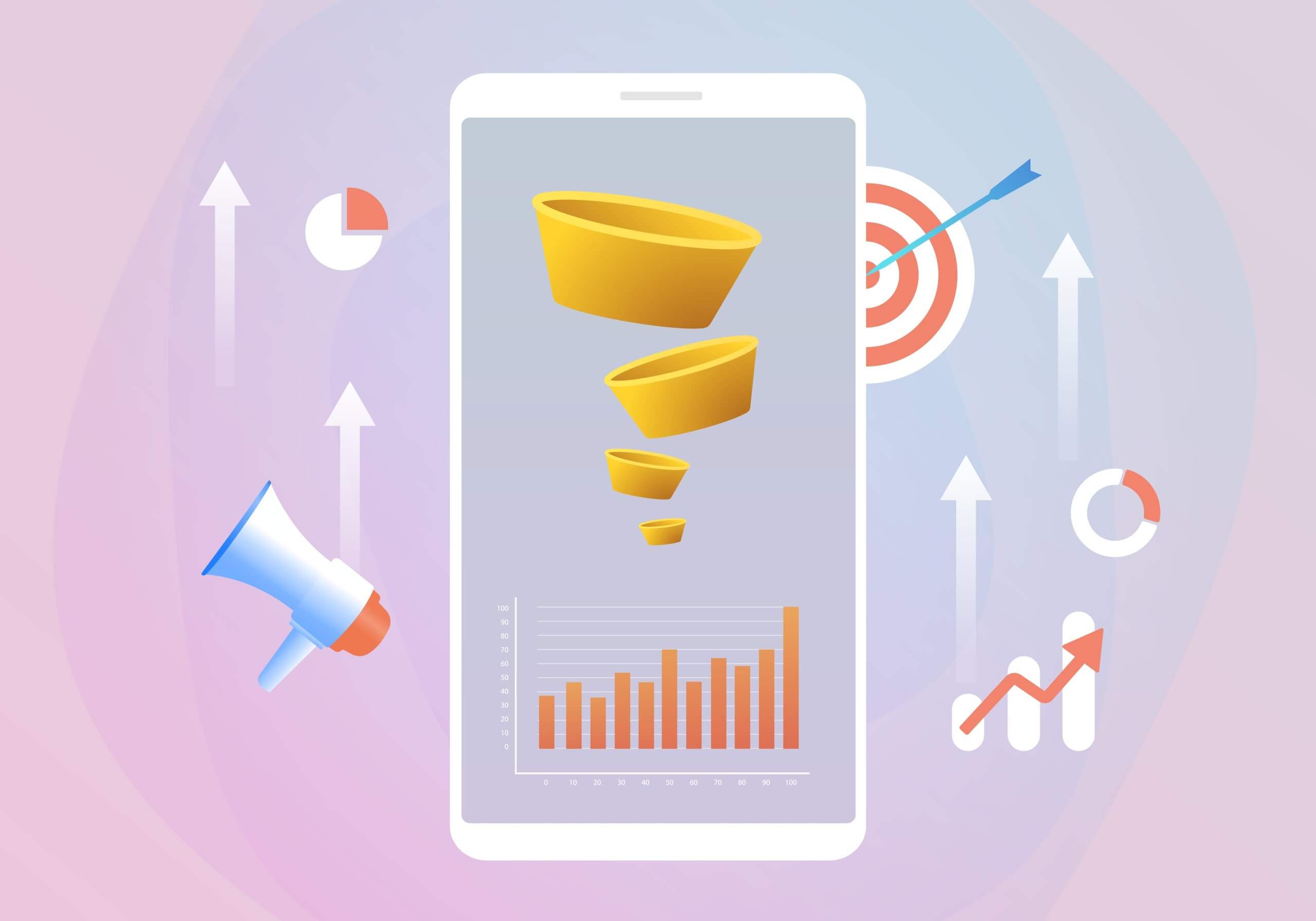
It’s essential with the right target audience, you choose the right type of ad for the specific step of the buyer journey. Depending on whether your goal is to build brand awareness, get visitors to consider your product, or encourage them to take action, there is an ad format that can fit your objectives.
During the awareness stage, you can use standard and video ads to grab users’ attention. Make sure you include professional-quality photos and aspirational imagery.
When in the consideration stage customers are still browsing and evaluating the options available to them. The best formats to use at this stage are carousels, collections, and shopping ads.
With Pinterest collection ads, you select one main image and up to 24 additional images to offer users a deeper insight into your products and brand.
Likewise, carousel ads showcase 2 to 5 images so that customers get a more detailed overview of your offerings.
Speaking of pricing, the average CPC is $1.50 (Statista) which makes Pinterest ads about 2.5 times less expensive than Instagram. The rate you get, however, depends on the type of ad, categories you are targeting, keywords, and other factors.
Yahoo Ads
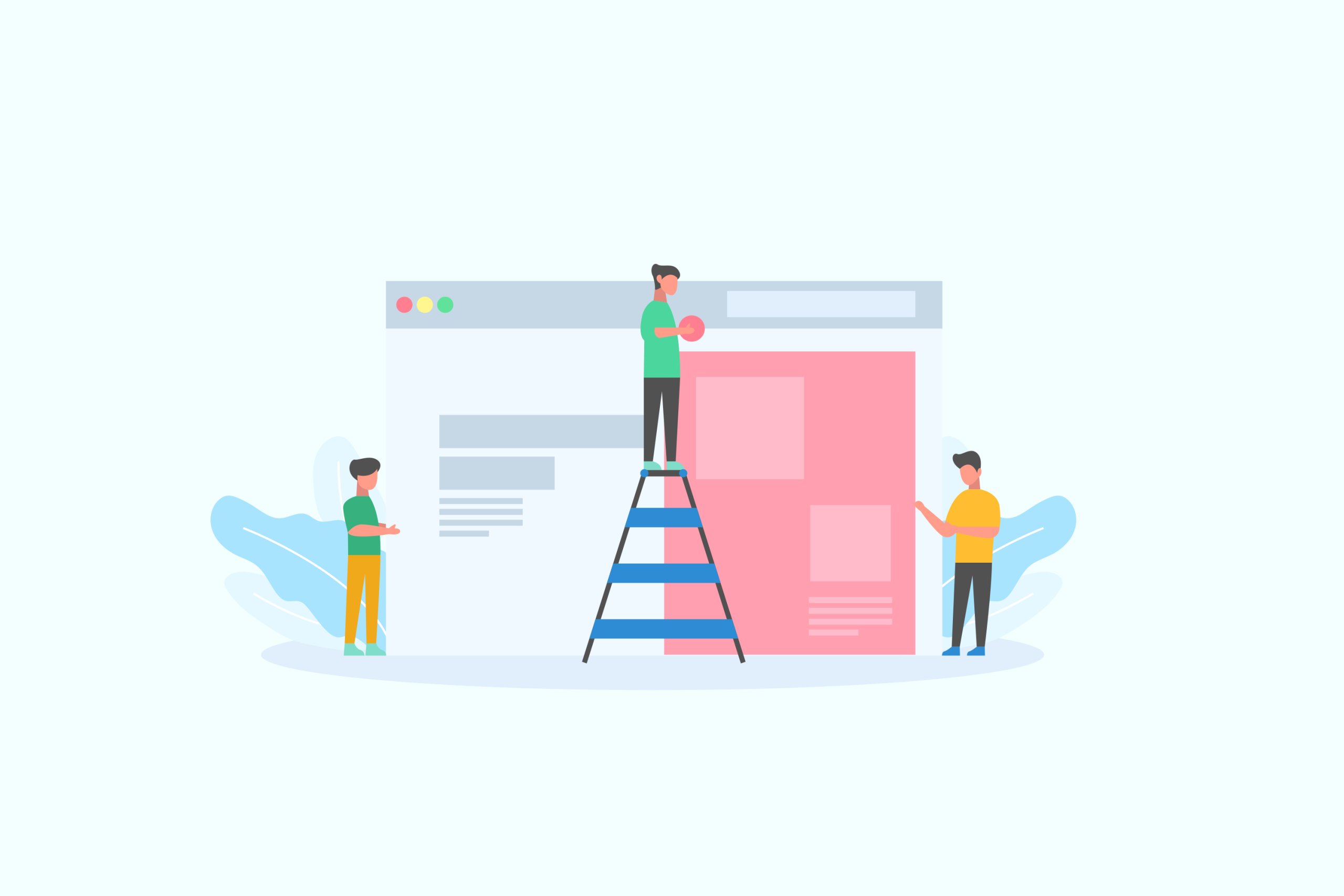
With Yahoo Ads, marketers are offered the option to create a custom audience based on gender, age, language, and location.
In addition to specifying location, which can be a city, state, country, or designated market area, you can choose not to show ads to users in a specific area. There is also an option to add keywords your target customers are searching for.
Lastly, you can narrow down your audience to users who have visited your website or to visitors of specific pages.
As well as a range of targeting options, Yahoo offers a diverse choice of formats to connect with customers in different ways. Common types to try out are image, video, moments, carousel, app install, and yahoo mail ads.
Yahoo Moments ad is a full-screen canvas with advanced features such as countdown, carousel, touchpoints, and 3D. It is available to select advertisers only and displayed across Yahoo properties such as Yahoo Sports, News, and Finance.
Mail ads are another effective option to reach customers in their inboxes. You can select a time zone, region, and specific keywords that are relevant to your ad, brand, and products.
While there is no official CPC data to refer to, as Yahoo search volumes are considerably lower than Google, the cost per click can also be much lower.
Bing Ads
Bing offers a choice of audience types that you can use to serve ads to the right customers. These range from custom and in-market audiences to dynamic marketing lists and LinkedIn profile targeting.
With custom audiences, you can use your own data to segment users by subscriber type, lifetime value, purchase history, or customer referrals.
LinkedIn profile targeting, on the other hand, allows you to create lists based on profile data, including job function, industry, and company.
Depending on where you want to advertise and what you’d like to include in your ad, you can choose from a variety of advertising options. These range from dynamic and responsive searches to Microsoft audience and multimedia ads.
Dynamic ads are one variety that is only shown on publisher websites and includes a copy, title, image, CTA, and link to your website.
Microsoft audience ads include text, images, titles, and links and appear organically on websites in the Microsoft Audience Network. With this type, Bing uses machine learning and AI to target users by searching history, demographics, browsing session data, etc.
Not only does Bing offer a variety of ad formats but marketers face less competition, resulting in cheaper ads. The average PPC is $1.54 which is lower than LinkedIn and Instagram (WordStream).
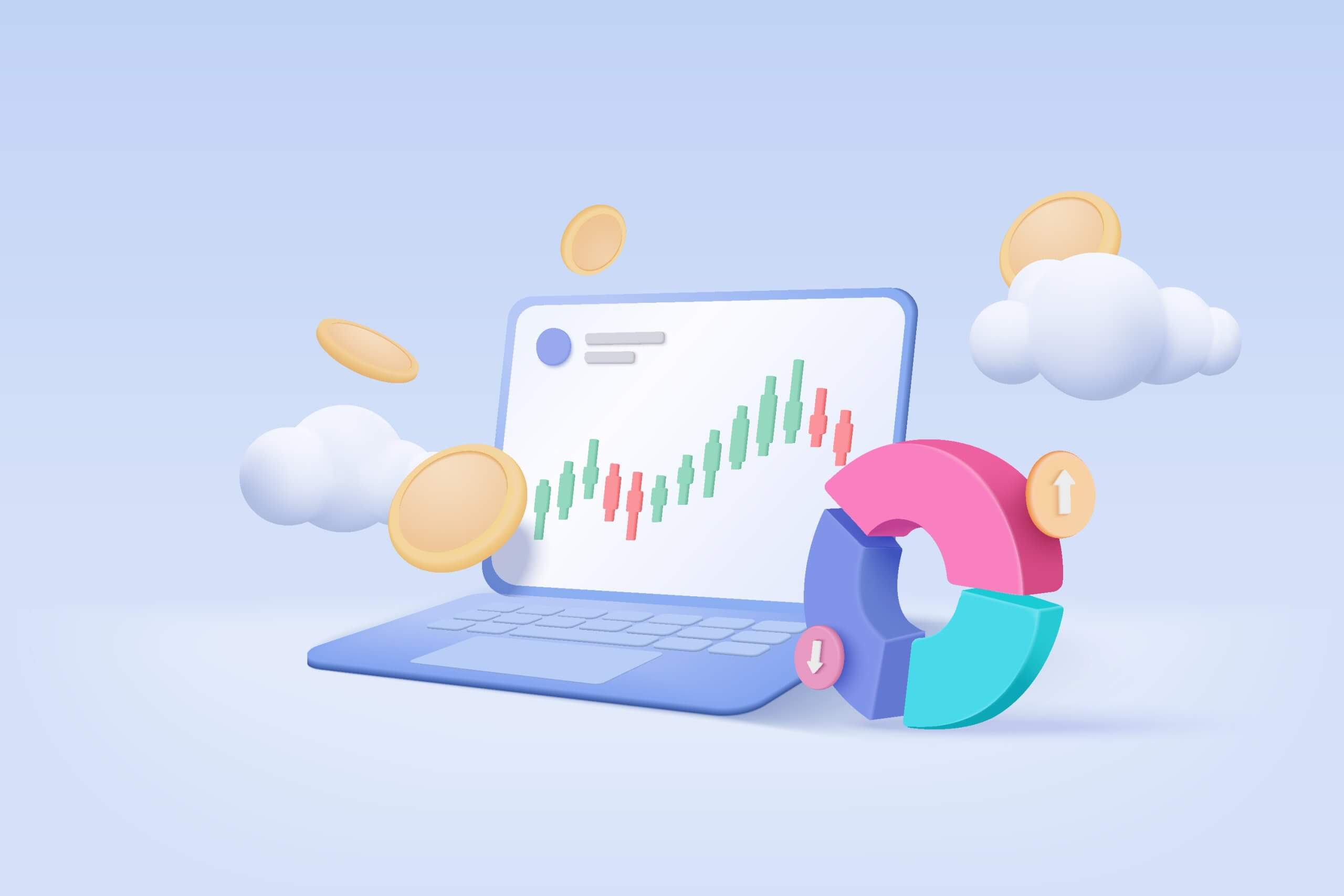
Adroll
Specifically designed for eCommerce brands, Adroll leverages machine learning to analyze your website’s customer data and predict store performance and ad engagement.
The algorithm analyzes signals such as event registrations, product page views, and purchase history to help you reach potential customers. Combining your own and their existing data enables it to predict customers at risk, those who are ready to buy, as well as future high-value spenders.
In addition to predictive targeting, marketers are offered the option to create a customized audience based on impressions served, pages viewed, URLs visited, events, email lists, or a specific website page.
The wide choice of ad options further benefits marketers in allowing them to choose where to meet their target customers: social media, web, or mobile. Formats range from video, dynamic, and static (social media) to in-banner video, dynamic native, and static banners (web).
Speaking of pricing, Adroll uses CPM or cost per thousand impressions rather than cost-per-click. They also offer subscription plans with features like unlimited email marketing, advanced list building, and campaign reporting.
Factors to Consider when Picking an Ad Network
There are a number of factors to consider when choosing which network to join, including ad formats, pricing, advertiser network, targeting capabilities, and analytics and reporting.
Other factors include user-friendliness, competition, data security and safety, customer support, and integration with other channels.
PPC Goals and Objectives – Everything You Need to Know
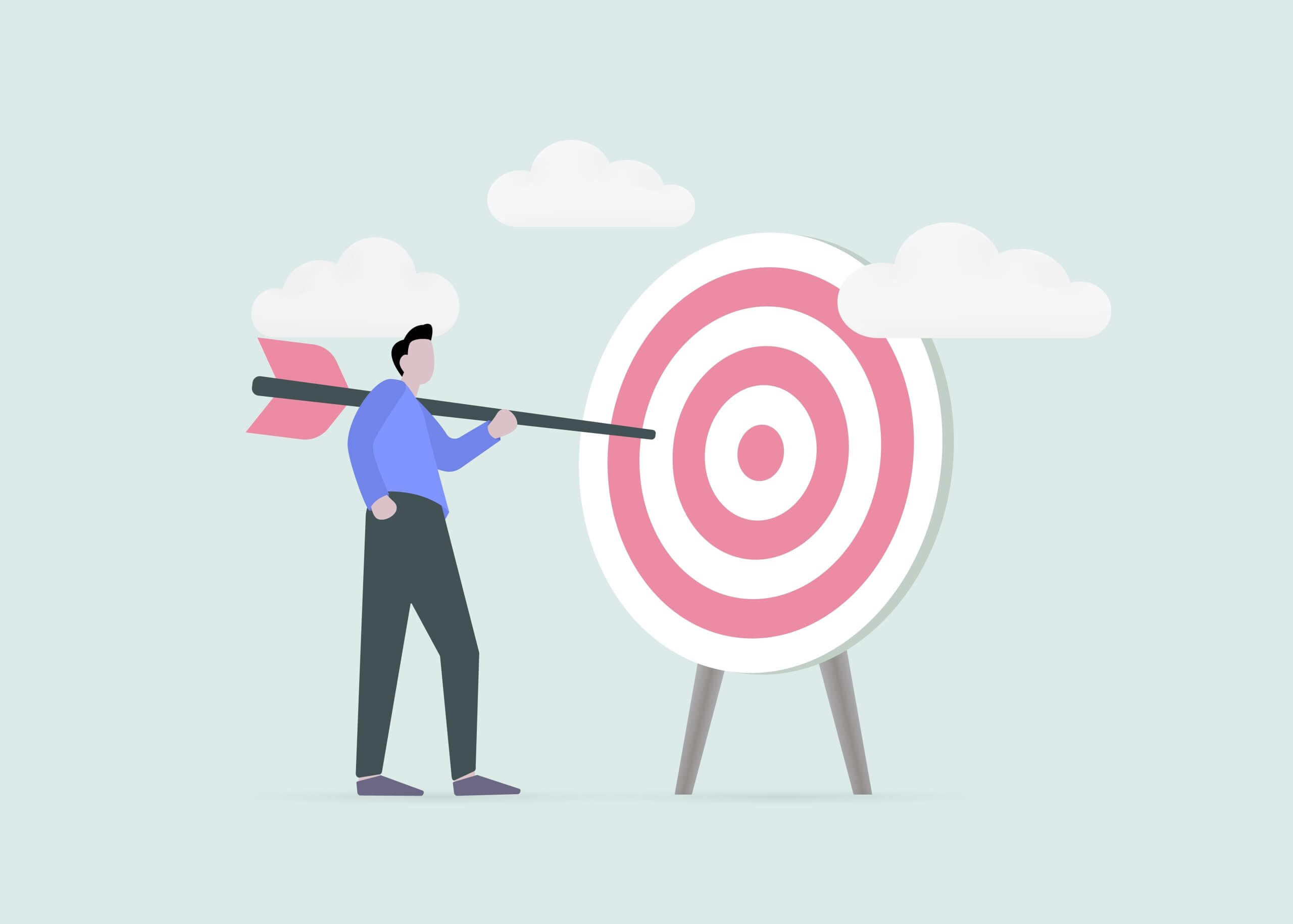
Pay-per-click advertising can help you accomplish different marketing goals such as brand awareness, leads, revenue generation, website traffic, newsletter signups, content or app downloads, and course conversions. In the first place, PPC can help build brand awareness and recognition and improve recall.
A few years ago, Google itself carried out a series of experiments to test whether search ads improve brand awareness. Participants were first asked to run searches for specific keywords.
Then one group was shown a control SERP and another – a SERP, featuring a specific test brand at the top of ad search results. Both groups were asked to name a brand they associate with the category keyword. In the test group, 14.8% of participants named the test brand, compared to 8.2% of the control group.
Not only is PPC effective in boosting brand visibility and awareness but paid advertising helps improve lead generation and sales. Ads that are highly targeted and align with the consumer’s interests, preferences, and needs get more clicks.
This means knowing what and where your audience is, their geographic location, gender breakdown, age range, occupation, and the industries they’re involved in. That kind of demographic and psychographic data helps in crafting a message that resonates with customers and helps drive leads and conversions.
How to Calculate the Budget for Your PPC Campaigns?
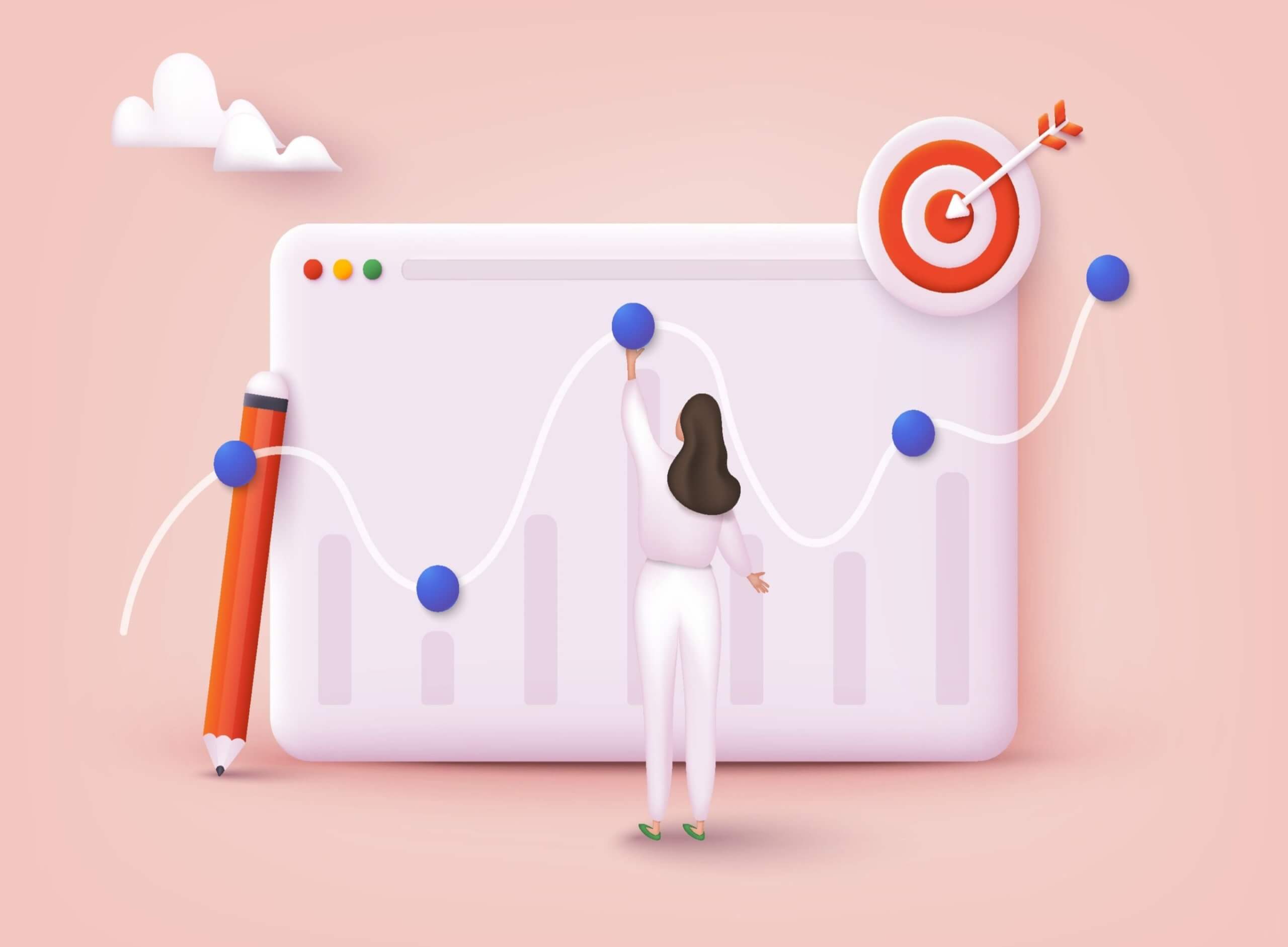
The budget you set for your PPC campaigns depends on factors like lifetime value of customers, cost of keywords for your industry, a platform of choice, and website conversion rate.
That said, the easiest way to calculate your PPC budget is to multiply your average CPC by the traffic needed to hit your goals.
If you need 3,500 customers to hit a certain ROI and the average cost per click is $1.80, your total advertising budget would be $6,300.
3 PPC Marketing Mistakes and How to Avoid Them
PPC marketing can be one of the fastest and most efficient ways to generate customers when done right. If you are just getting started, however, there are some potential pitfalls to be aware of which can sabotage your ad campaigns.
Common PPC mistakes that new marketers make and you should know how to avoid are not using the right keywords, targeting the wrong customers, and spending in the wrong place.
Mistake 1–Using the Wrong Keywords
A costly mistake that some marketers make is using irrelevant keywords. Spending your budget on keywords that lead to high cost-per-lead conversions or bring irrelevant clicks is a waste of money.
Rather, you need to focus on targeted keywords that are relevant to your campaign, ad groups, and audience. Make sure you filter out negative keywords and phrases so that your ads no longer show in irrelevant search results. Clicks for negative keywords result in a low-quality score and AdRank and a high bounce rate.
Mistake 2–Targeting the Wrong Customers
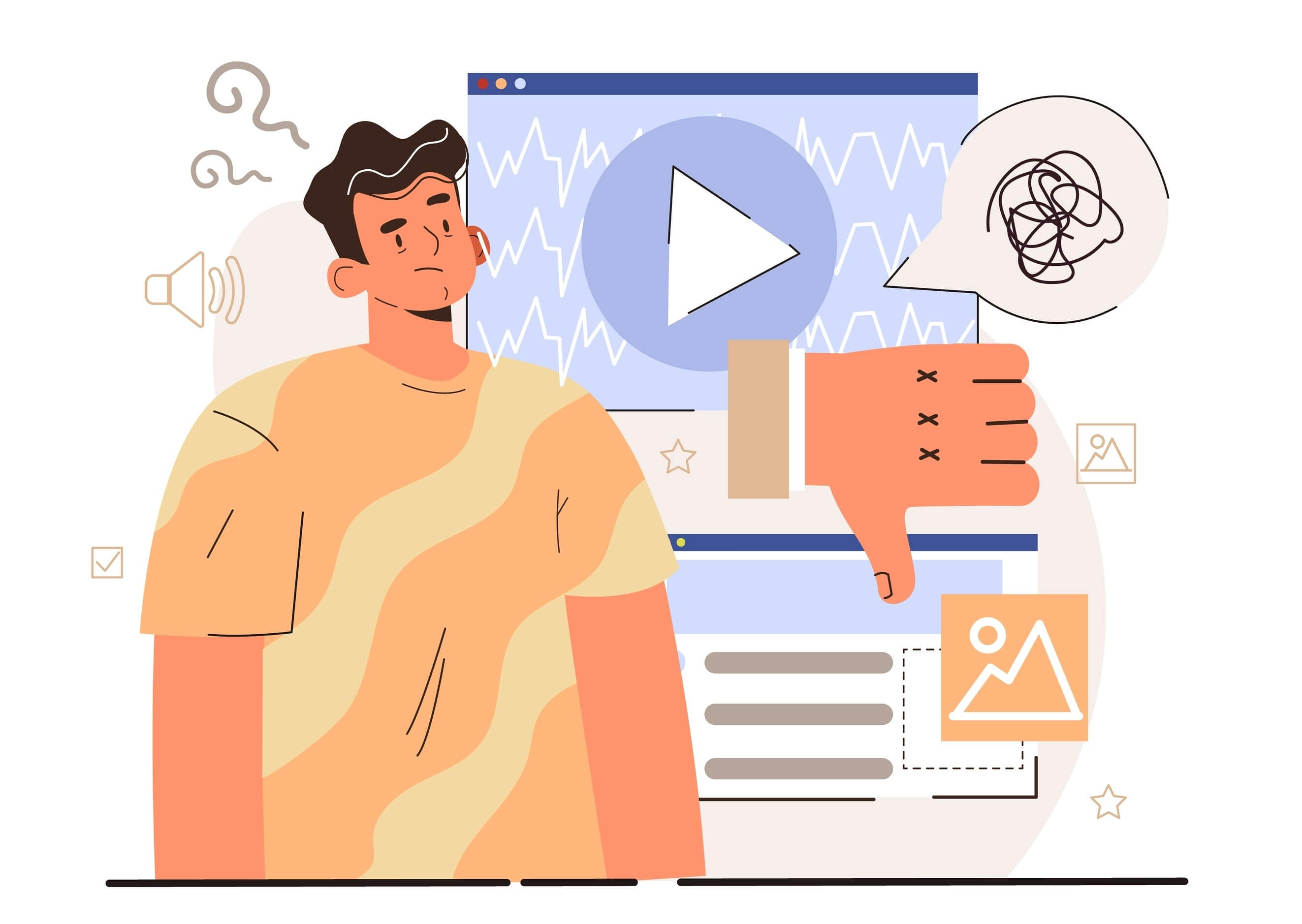
One mistake that can wreck your campaign is targeting the wrong audience. Before trying to sell anything, you need to find out who is likely to buy your product and why. This goes beyond demographics like age, gender, and location. You can target customers by occupation, wealth, industry, interests, and preferences.
For your ad copy, you need to come up with a message that reaches out to a specific audience. Crafting content that is relatable for a teenager and someone in their 80s can be a challenging endeavor. If your message is too broad in the hope of appealing to the broadest buying audience possible, you may not get attention from anyone.
Mistake 3–Choosing the Wrong Channel
While there are many ad networks worth your advertising dollars, like Facebook, LinkedIn, and Google Ads, you should beware of malicious networks that charge advertisers for unserved and fake impressions.
Mobile ad fraud is particularly common, including compliance, installation, and click fraud. In some cases, ads are shown to real viewers but not the target customer an advertiser wants. In others, ads are served to software agents or bots and not real people. There are also occasions where ads are off-screen, stacked, and not served to viewers.
While ad fraud is a serious issue resulting in billion-dollar losses, there are some warning signs to help you identify crooked networks. Red flags include unusual click-through rates, poor analytics, and fewer conversions than other publishers.
If you suspect ad fraud, make sure you verify IP addresses. If an IP is traced back to a server, this is a red flag for fraudulent activity as opposed to an IP tracing back to a private or corporate computer.
The Steps to Building a Successful PPC Campaign

Here are a few tips to have in mind when building your PPC marketing campaigns.
Set Goal Parameters
The very first step to running a successful campaign is defining your goals. Knowing what you are looking to achieve will help you choose the right ad types and platforms. Common PPC goals that advertisers focus on include brand awareness, lead generation, website traffic, and sales.
If you’re looking to improve brand awareness and recognition, then display and social media ads would work well. If your main focus is lead generation, you may want to look into lead capture ads while if your priority is to drive more sales, you may want to allocate more of your advertising budget to product listing and search ads.
Identify Relevant Keywords
Based on intent, the three types of keywords that you can use are navigational, informational, and transactional.
- Navigational keywords are typically used when users want to navigate to a specific resource or page (“X bank app”; “X store website”)
- Informational keywords, on the other hand, are queries that searchers make when they are looking for more information (“Are buses in Rome free?” or “How old is Neymar?)”
- Transactional keywords indicate that searchers are ready to make a purchase (“buy porcelain dolls”, “Dune movie tickets”
The category you choose to focus on depends on your business and goals. If you are an app developer or a SaaS, for instance, you may want to include more navigational search terms like “app store” or your brand name to help users navigate to your website or a specific page.
If you are a service-based business, you’ll want to focus on informational keywords to provide answers that users are looking for and strengthen your content strategy.
And if you are an eCommerce store, transactional keywords such as “discount”, “purchase”, and “sale” should be your main focus.
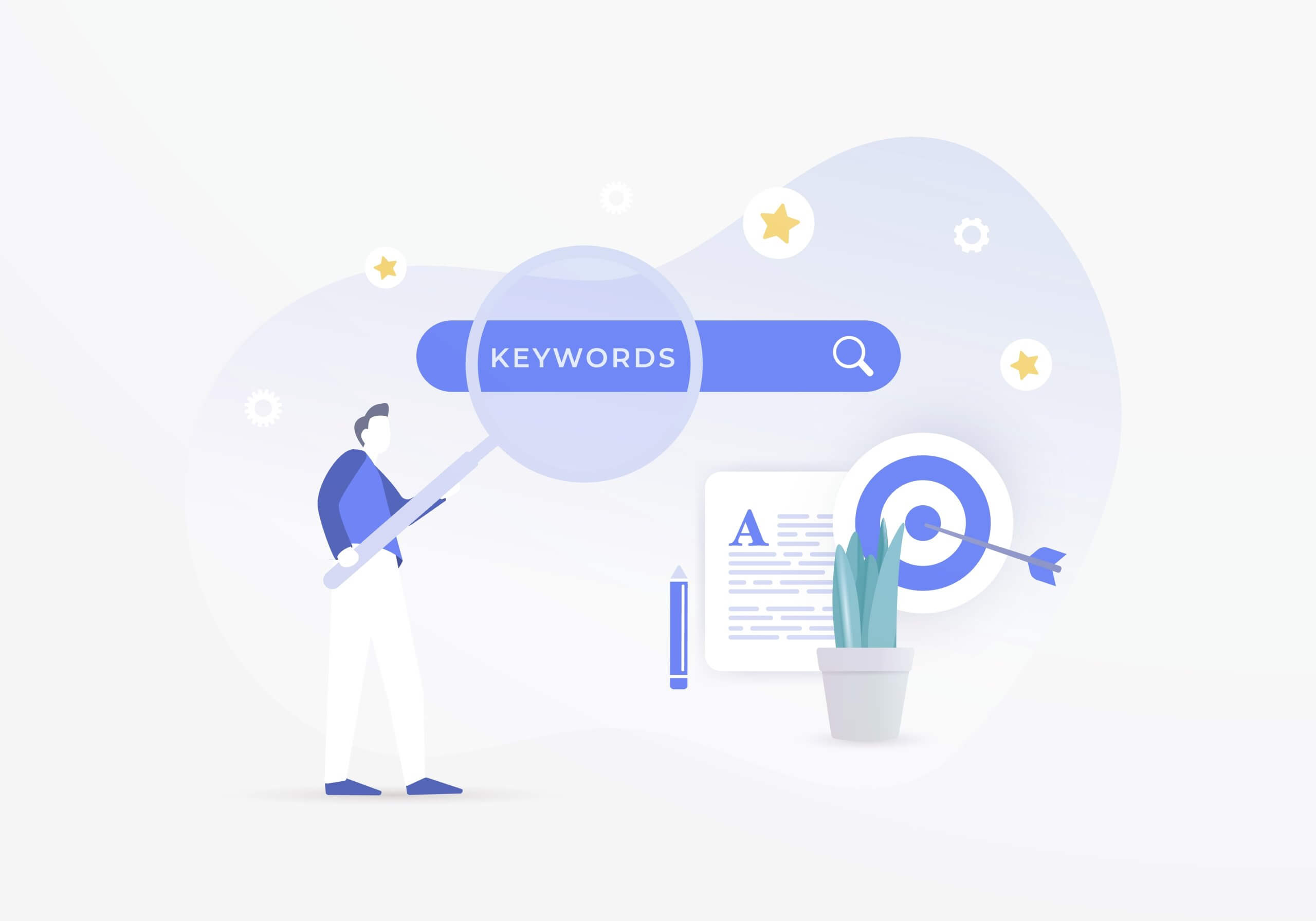
Create the PPC Ads
Once you’ve set goal parameters, identified relevant keywords, and crafted compelling website content around them, you are ready to create your ad campaign.
Your main goal here is to illustrate how your product is unique and what it offers to customers that the competition lacks. You also want to experiment with different extensions, visual media, calls-to-action, and headlines to make your copy stand out.
Analyze Your Campaign
The main metrics to look into and measure success are quality score, cost per acquisition, cost per click, conversion rate, click-through rate, and return on ad spend.
These are the key metrics for social, display, and search ads. For lead generation, you also want to consider engagement metrics such as pages per visit, time on site, new and returning visitors, and bounce rate.
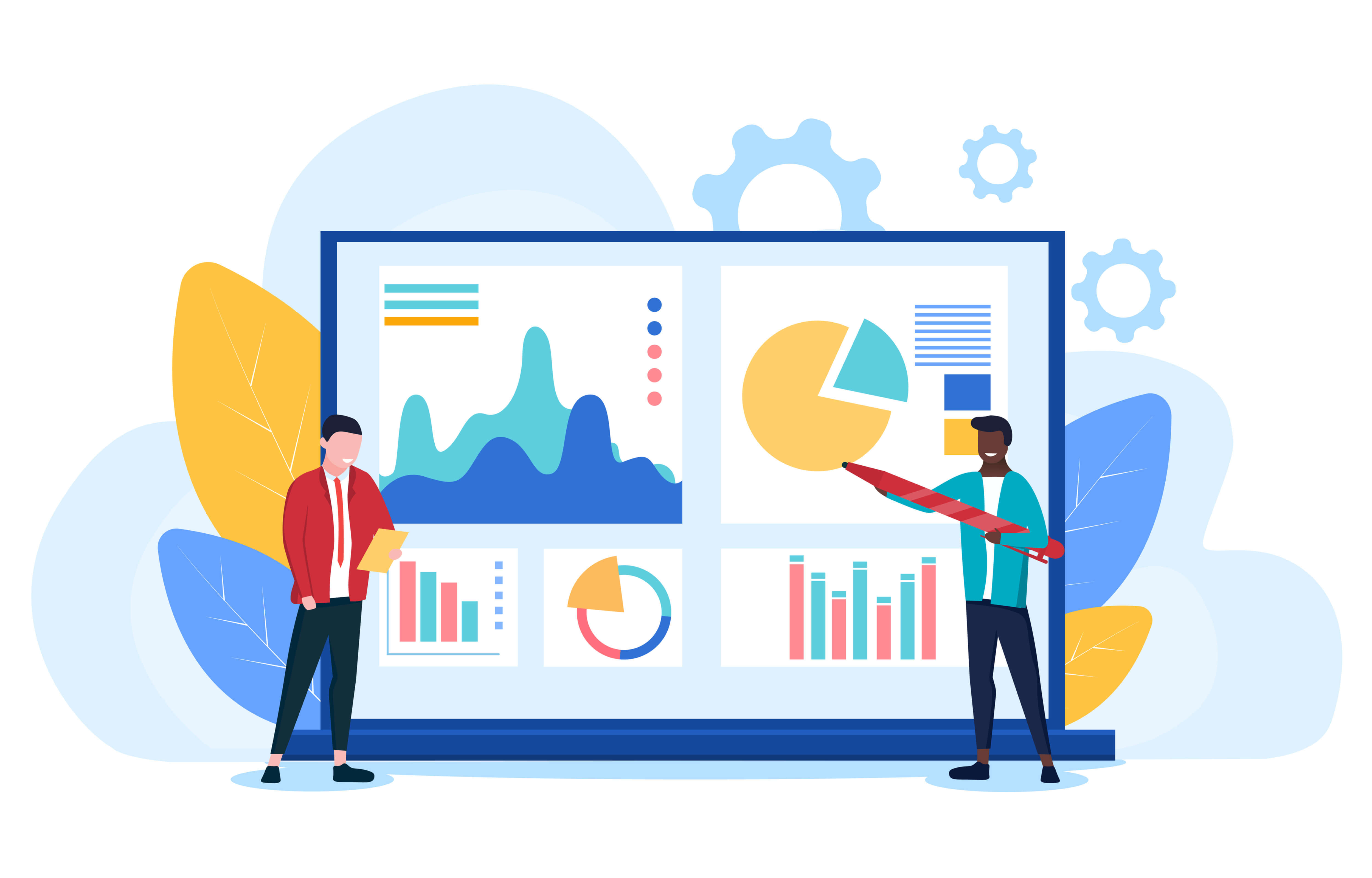
Efficient Tools Every PPC Specialist Uses
There are many benefits to using PPC management software, including keyword evaluation, ads optimization, bid management, monitoring and reporting, and more.
Like most things digital, not all tools are created equal in terms of campaign optimization and insights. Below are some of the best software tools to run a successful ad campaign.
SEMRush
Featuring multiple PPC functionalities, SEMRush offers valuable insights into the competition, including their landing pages and ad copies, while allowing you to find relevant keywords, plan and analyze your campaigns, and optimize your spending.
Their keyword tool enables you to search cost-per-click and local volume data, set negative keywords, and create ad groups.
HubSpot
An all-in-one tool for PPC advertising, HubSpot’s software allows you to create and target segmented audiences through all stages of the buyer journey. You will find a wealth of helpful features such as custom and dynamic audiences, campaign management, and analytics and reporting.
The platform enables advertisers to manage Google, LinkedIn, Instagram, and Facebook campaigns and monitor performance and metrics like cost-per-click, clicks, impressions, ROI, and more.
Ahrefs
Ahrefs also offers a PPC toolset and a choice of handy features for keyword research, content analysis, and advertising research. Their software offers tons of insights about your competitors, including PPC ads, the keywords they rank for, backlinks, and content.
One feature that is particularly useful when running campaigns is their Keyword Explorer. It allows you to identify keywords by metrics like difficulty, volume, word count, and traffic potential. You can also choose which search engines you need keywords for, like Bing, Amazon, Google, and YouTube.

NinjaCat
NinjaCat is marketed as an all-in-one solution for campaigns and budget monitoring, PPC reporting, and data management.
Designed for both advertisers and digital agencies, the platform offers reports on metrics like demographic data, search trends, top ads, click performance, and more. You also get insights through metrics such as conversions, cost-per-click, and clicks for all of your campaigns. The tool collects data from more than 750 sources, including Bing, Facebook, and AdWords.
Databox
Designed as a PPC reporting software, Databox allows marketers to create comprehensive reports and track key metrics from TikTok, LinkedIn, Twitter, and Facebook Ads.
With this tool, you can monitor trends, visualize and track goals, and monitor metrics such as return on ad spend, lifetime value, customer acquisition cost, and average revenue per user. The software also enables you to track performance based on money spent, ROI, click-through rate, and cost per click.
How Do Marketing Agencies Perform PPC?
When working with a PPC agency, you should expect to get a comprehensive set of services that include building, implementing, and monitoring your campaigns.
The agency team will handle every aspect on your behalf, from building a comprehensive strategy with goals and performance metrics to creating compelling landing pages, crafting ad copies, testing and optimizing ads, and monitoring results.
Some of the strategies that PPC agencies use to optimize your campaigns for maximum impact include:
- Audience segmentation
- Industry and competitor analysis
- Landing page testing
- A/B testing
- Keyword targeting
- Big adjustments and strategy changes
- Remarketing
- Click fraud monitoring
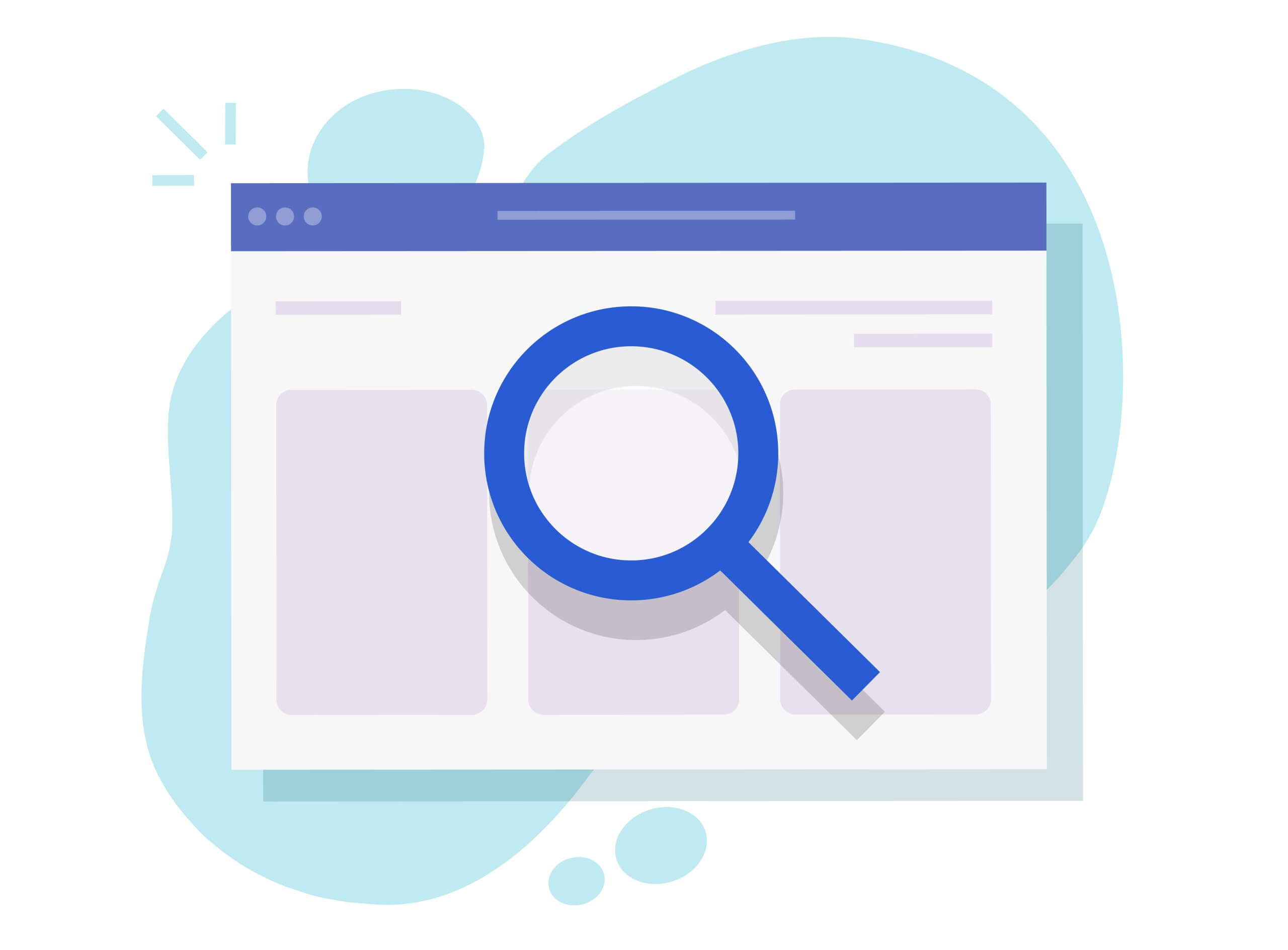
Do You Need a Marketing Agency to Help You with PPC?
Partnering with a digital marketing agency is advantageous in many ways. You will work with an experienced team of account managers, designers, PPC specialists, and copywriters who will devote time and energy to manage all aspects of your ad campaigns.
When you hire a PPC agency, you will have access to a comprehensive set of services such as keyword analysis, bid management, ad copy design, and precision reporting.
Your agency will be able to perform an extensive keyword search to identify search terms based on intent, competition, traffic volume, relevance, and ROI. They would also help you craft a concise and clean ad copy that aligns with your audience profile and grabs attention. You will be able to tap into expert knowledge on how to produce ad copies that showcase your products in their entirety, demonstrate exclusivity, and induce curiosity.
A PPC agency will also help you understand the numbers, by providing you with comprehensive reports customized to your key performance indicators. A PPC agency has the expertise to analyze overall campaign results and communicate what they mean for your brand.
For example, why is your click-through rate higher on mobile than on desktop? Do you need to invest more in certain ad types, campaigns, or platforms? To what extent do your campaigns meet your KPIs and goals? What are some of the areas that need improvement? All this will guide you in the direction of which platforms to use, how to allocate your budget, and what adjustments to make to boost your ROI and improve campaign performance.
Lastly, agencies stay up-to-date with the latest technology and trends as well as platform updates and changes to advertising policies.

Wrapping Up
PPC marketing is a pay-to-play strategy that has proven to be an accessible and effective means of reaching diverse audiences across multiple industries and channels.
When executed correctly, an ad campaign can help you reach your marketing goals, be it product consideration, brand recognition, lead generation, or repeat sales. Also being an effective targeting tool, PPC allows you to reach out to diverse customer groups like information-gatherers, need-based shoppers, bargain-seekers, and wandering and undecided customers.
In addition to targeting the right customers with relevant keywords and messaging, PPC advertising enables you to collect data and uncover valuable insights. Identifying patterns in data can help you learn a great deal about your competitors, customers, and business.
Applying the insights you extract not only helps improve campaign performance but can shape a smarter SEO campaign. Integrating pay-per-click with organic marketing can be a highly effective strategy to get the best of both worlds: long-term search success and immediate results.


